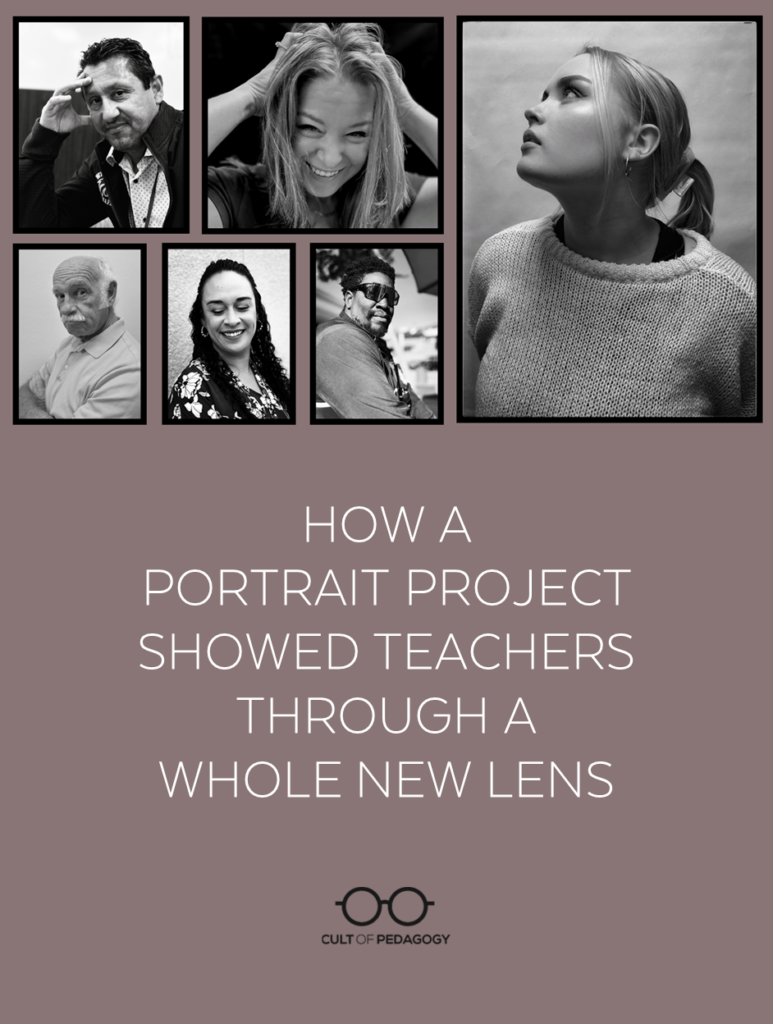
Listen to the interview with Dan Tricarico:
Sponsored by WeVideo and The Modern Classrooms Project
This page contains Amazon Affiliate and Bookshop.org links. When you make a purchase through these links, Cult of Pedagogy gets a small percentage of the sale at no extra cost to you. What’s the difference between Amazon and Bookshop.org?
I have always loved photography. When I was younger, however, film and developing were expensive, so my photographic experience was modest and my financial situation made creating my own darkroom impossible. So I often schlepped a roll of film to the local drugstore where, if I was lucky, there would be three or four prints worth keeping. But digital photography changed all that. Now, a shutterbug can snap a seemingly infinite number of photos and dump a bajillion images on an external hard drive or into Google Photos and keep them forever. These days, you simply don’t need a dark room or expensive, smelly chemicals to make quality images.
And even though I own a “fancy” DSLR camera and several lenses, I’ve often been amazed by what my iPhone can do. So recently, I invested in an iPhone photography course because I was interested in learning more about the capabilities of my phone’s camera.
Then last September, I was reading a book on photography and I learned about a woman named Kathy Ryan. Ryan, Director of Photography for The New York Times Magazine, picked up her cell phone one day and started taking “artsy” photos of her office and of the people in it. She started an amazing Instagram account and eventually published a book called Office Romance, a copy of which I picked up for myself.
Thinking “I could totally do that,” I decided to use my school campus exactly as Ryan had used her office. The first thing I did was repurpose an old Instagram account, called it @wolfpackpix (our school mascot is the Wolfpack), and started snapping photos as soon as I got to school the following day.

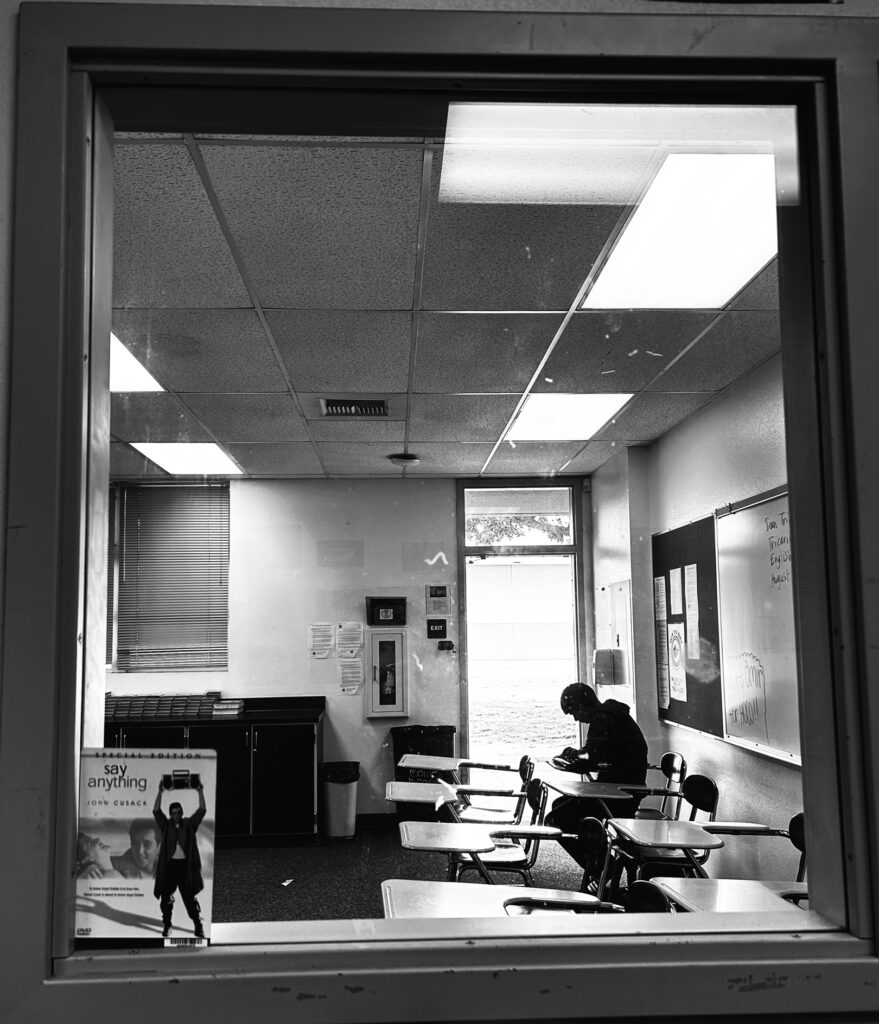

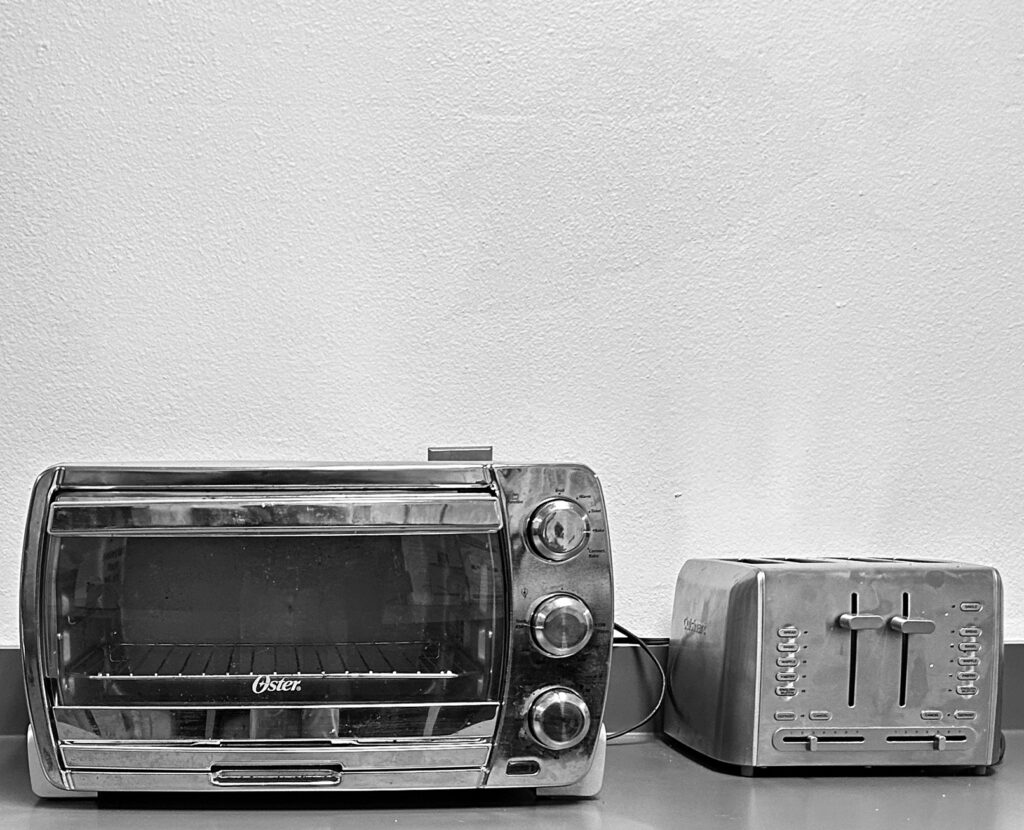
Our campus is beautiful, and since my phone is always with me, shooting quality images wasn’t difficult. I soon realized, however, that while buildings and clouds and sunrises were nice, I also wanted to showcase people. So, much like Kathy Ryan, I started asking my colleagues if I could take their portraits.
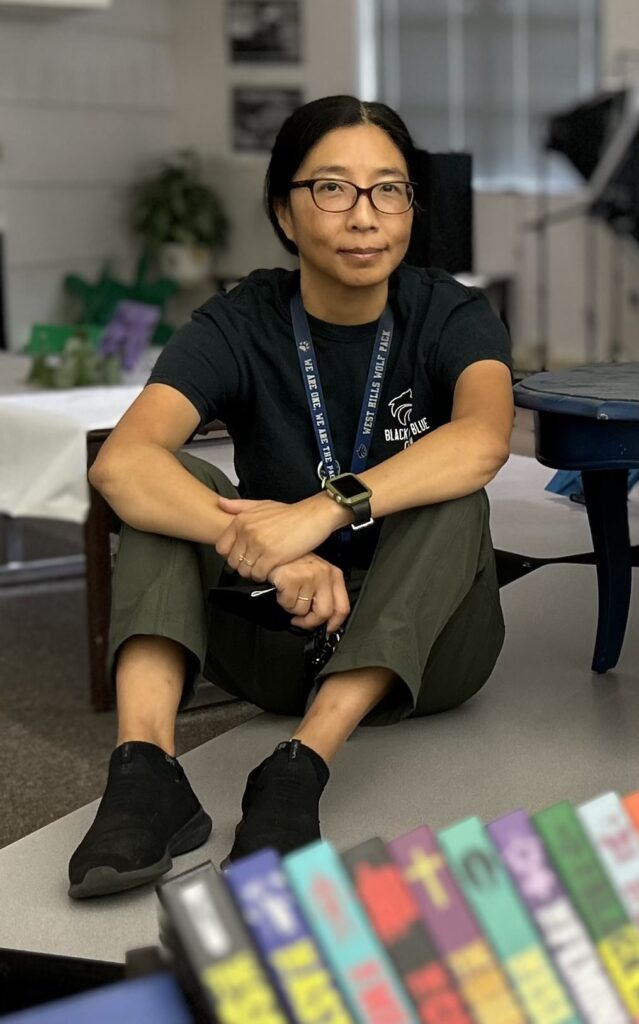
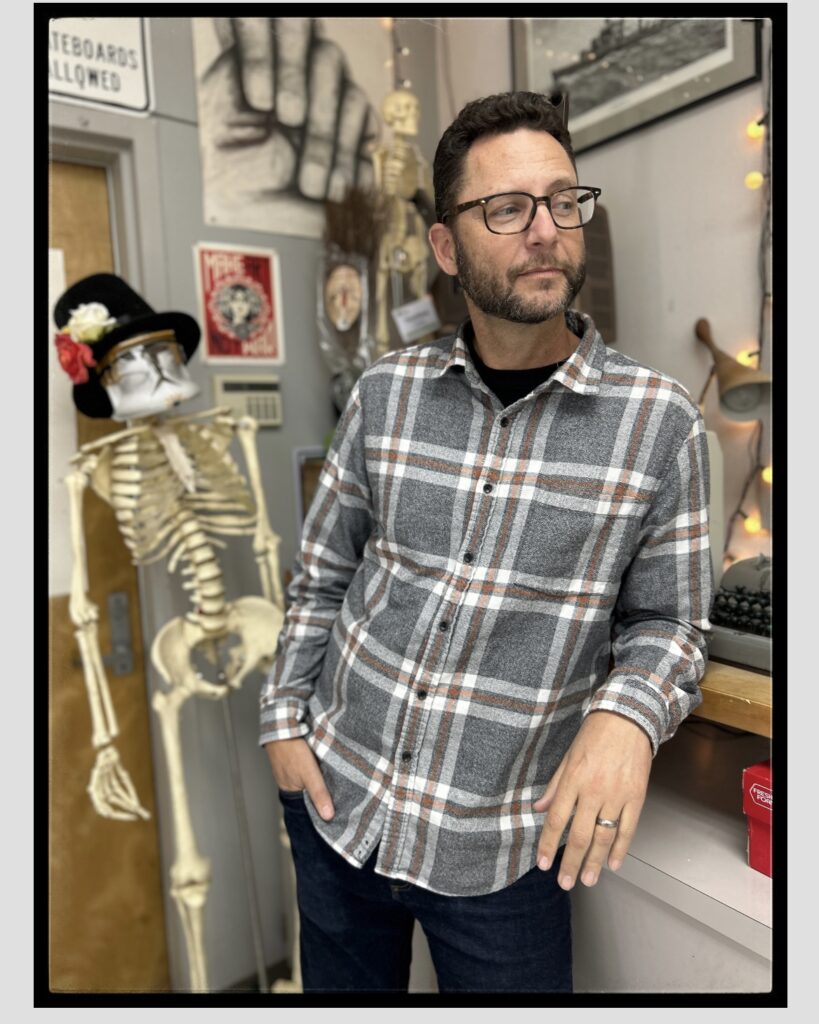
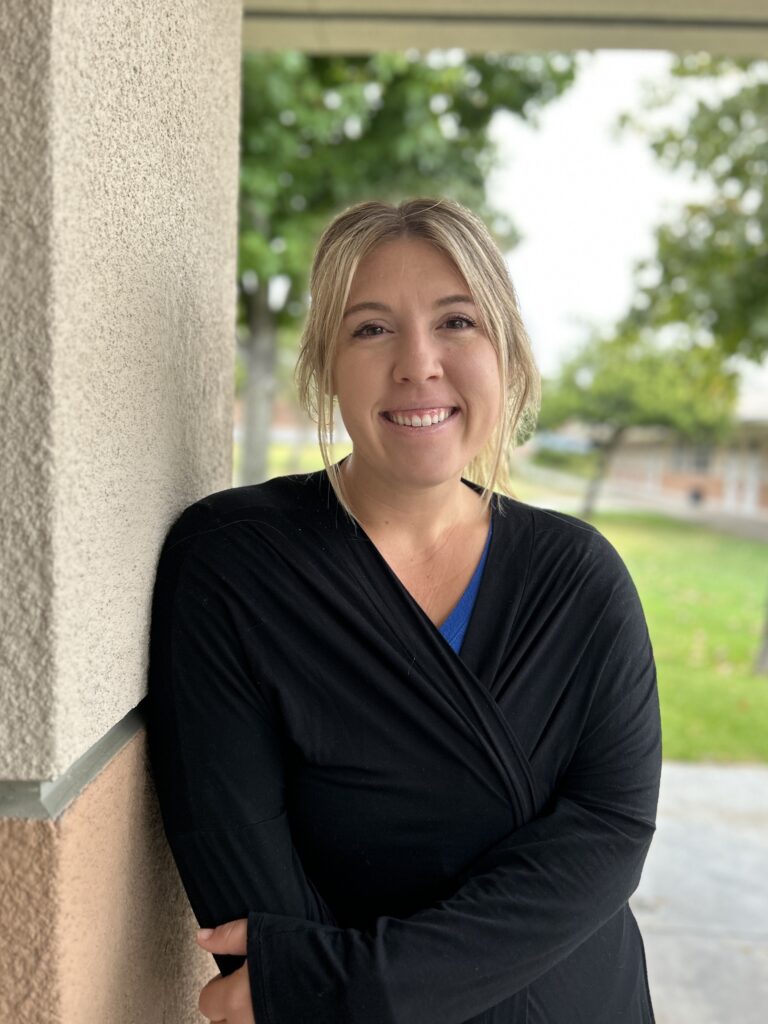
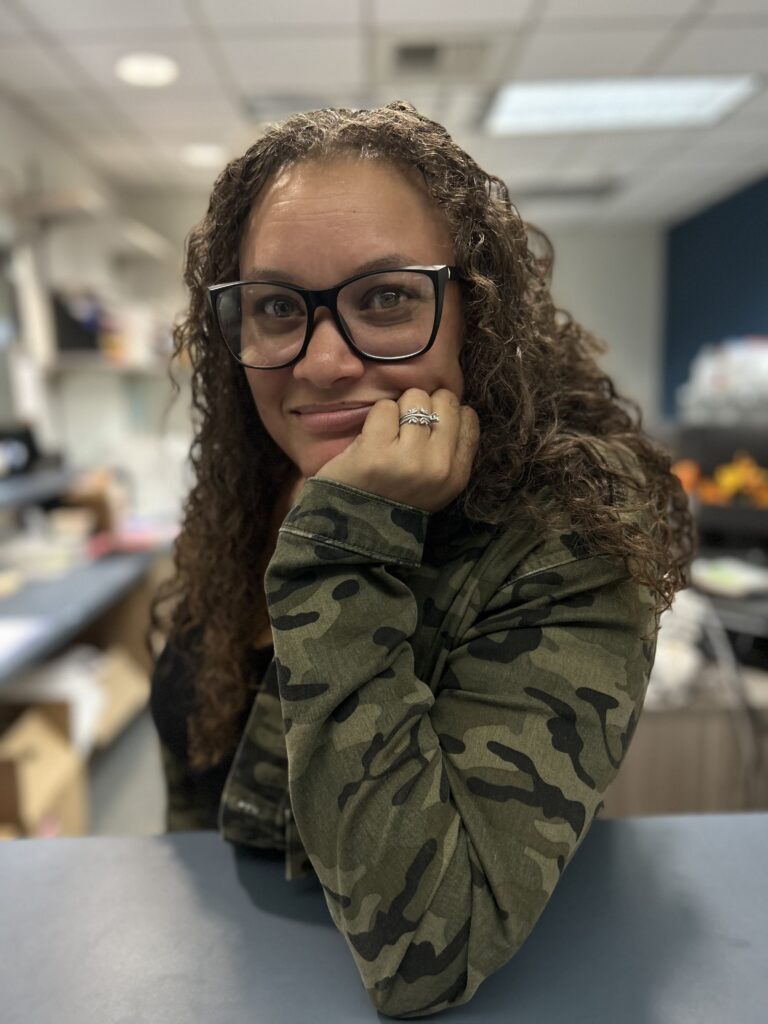
At first, whenever I approached someone, I told them about Ryan’s project, but as word of my new hobby spread, lengthy explanations became unnecessary. As you might suspect, some teachers declined to be photographed (including some of my favorite people on campus who I already knew shunned having their picture taken under any circumstances), and of course I respected their wishes, but most of the people I asked found the idea intriguing and we made a plan. One young teacher, who I barely knew at the time, lit up when I offered to take her portrait, and said, “I was hoping you would ask!”
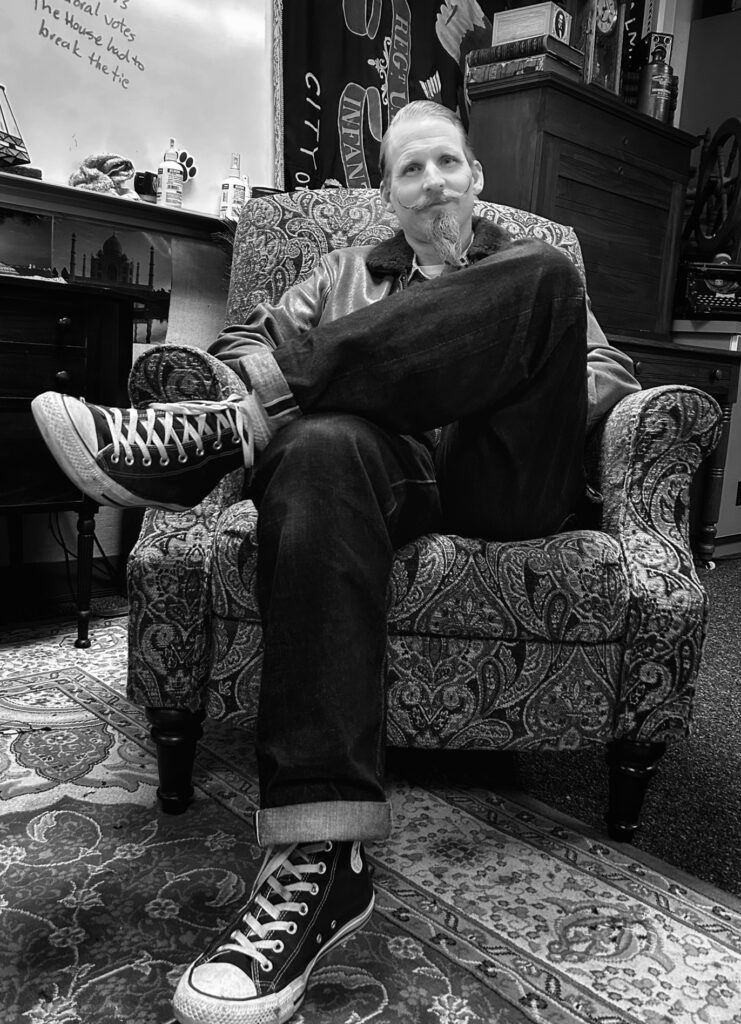
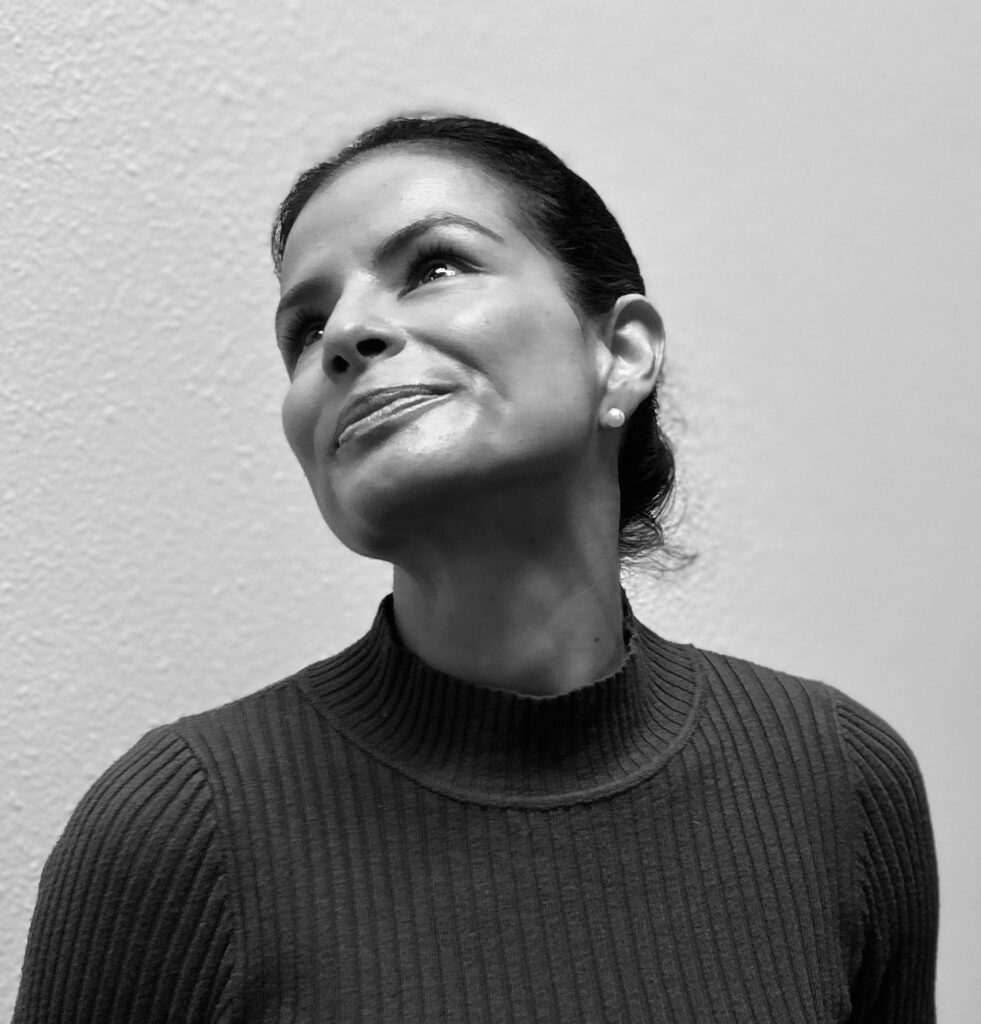
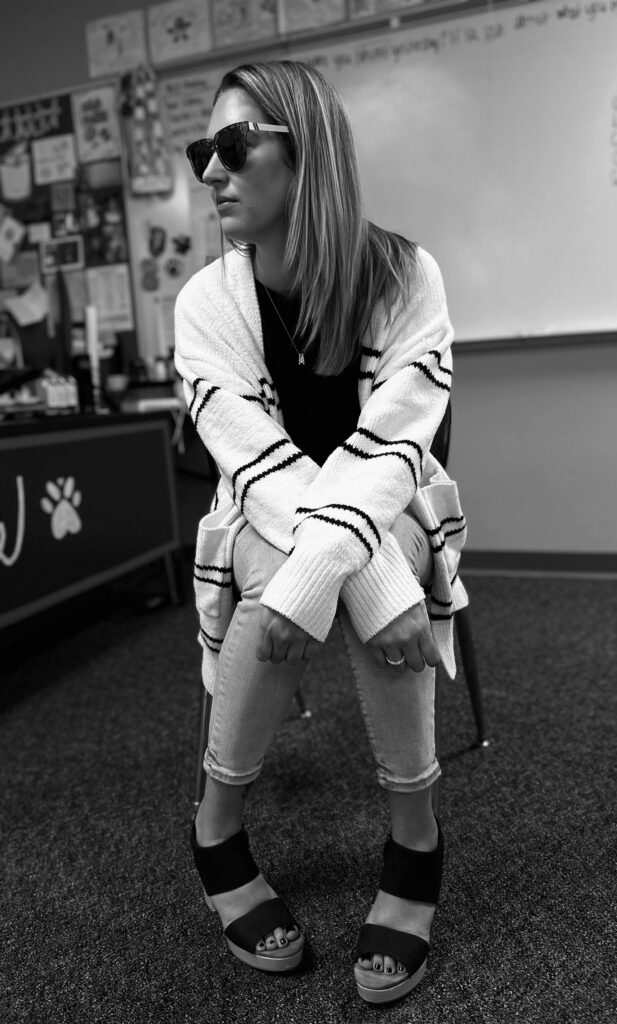
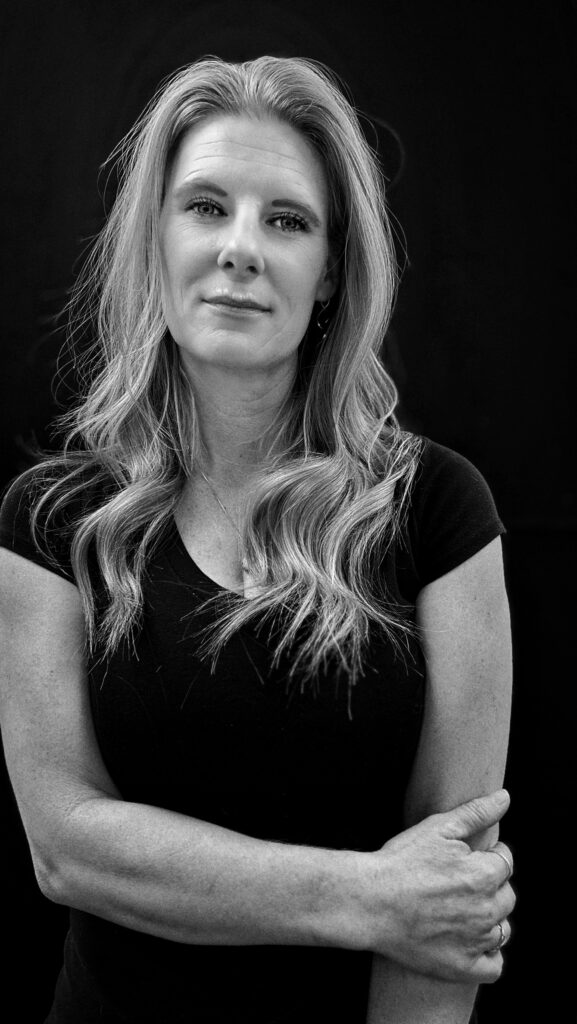
When I first started shooting, I tried to emulate Kathy Ryan’s style but, as happens with most or all creative projects, the portraits eventually took on a look of their own. My approach was simple: I usually started outside. My subject and I would take a few shots in natural light against a tree or on a bench or in front of a wall. And not only is the campus beautiful, but I also learned that starting outside tended to make my subjects feel more comfortable.

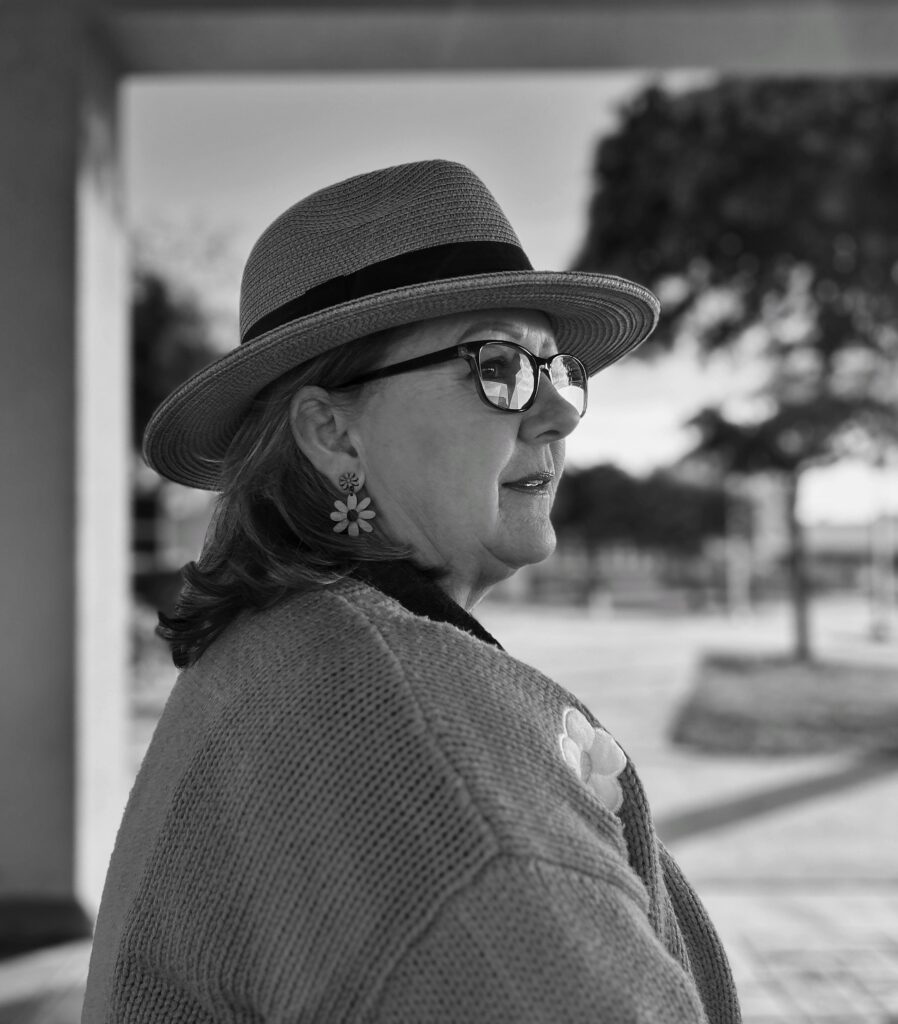
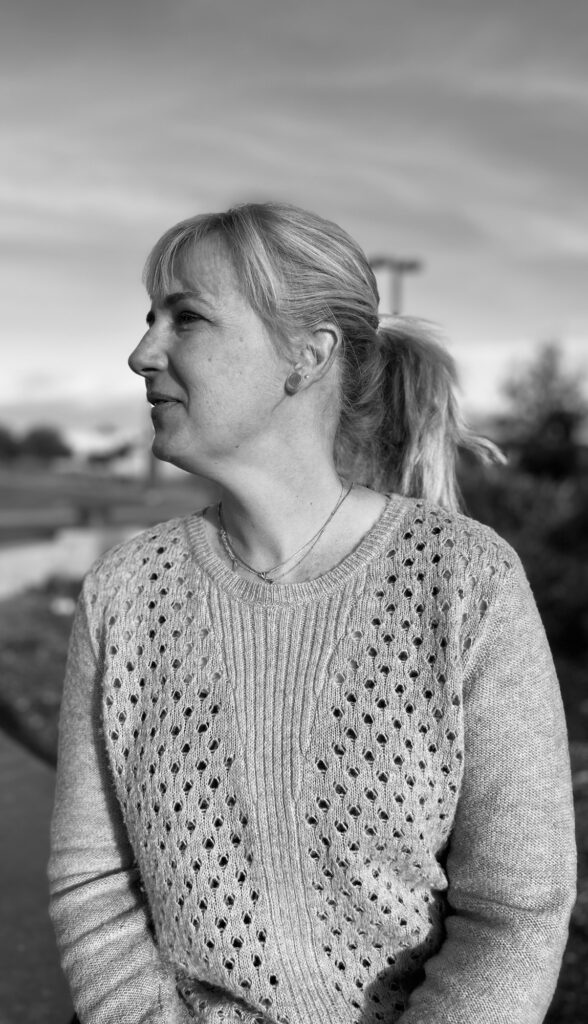
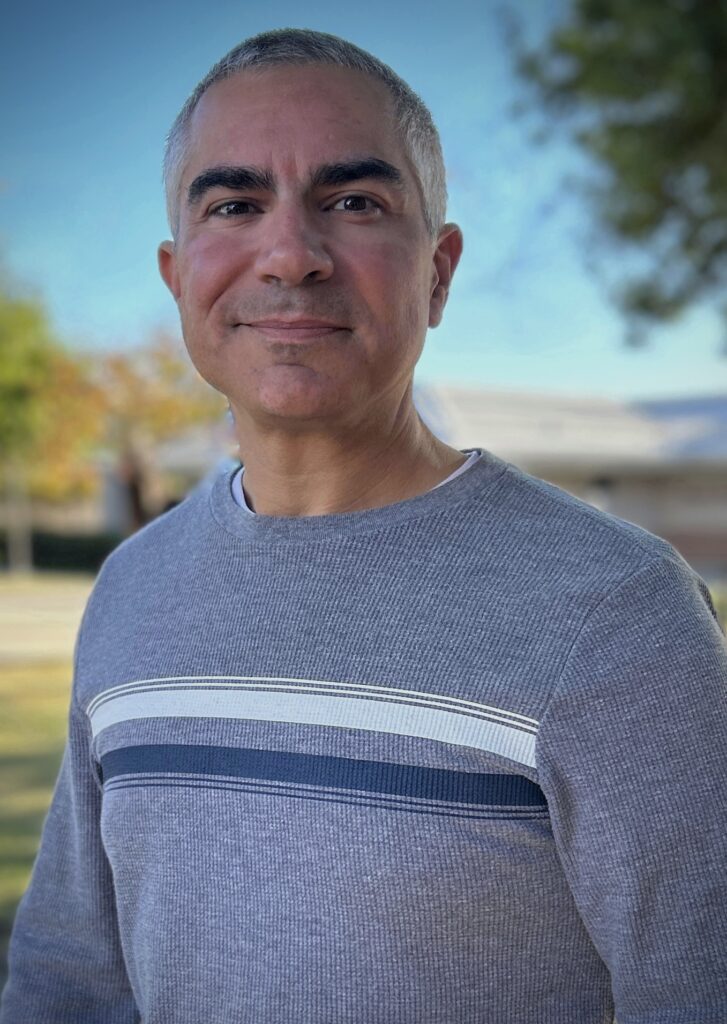
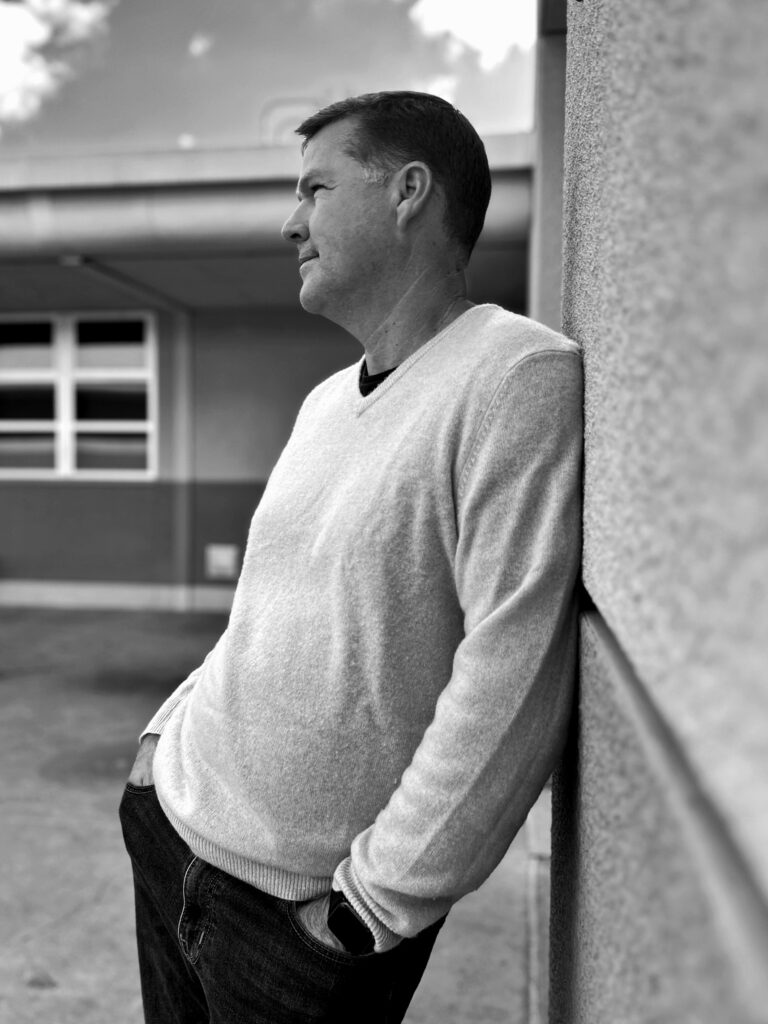
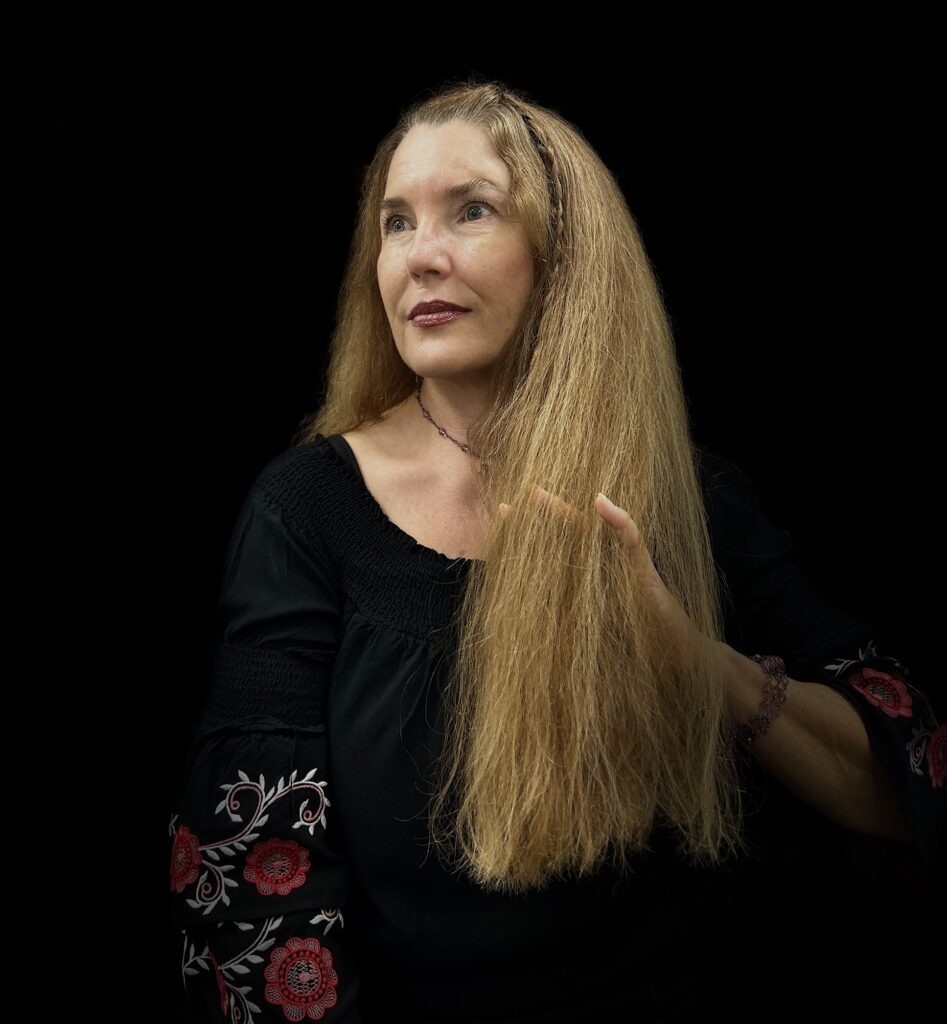
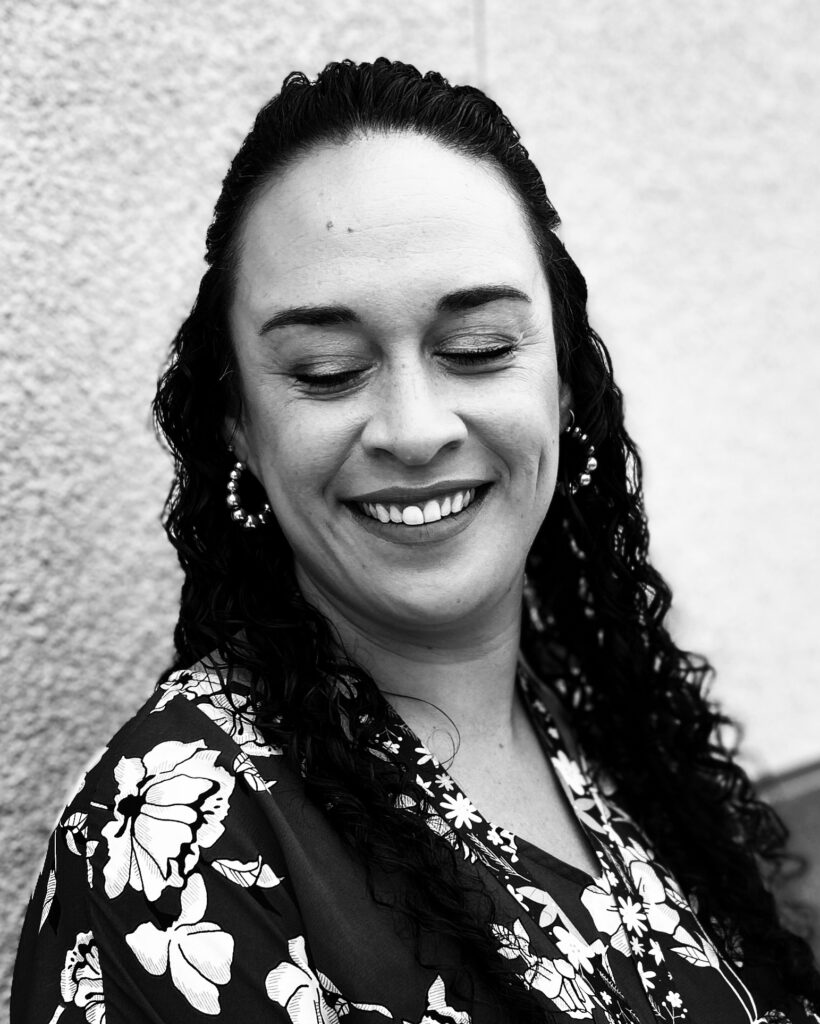
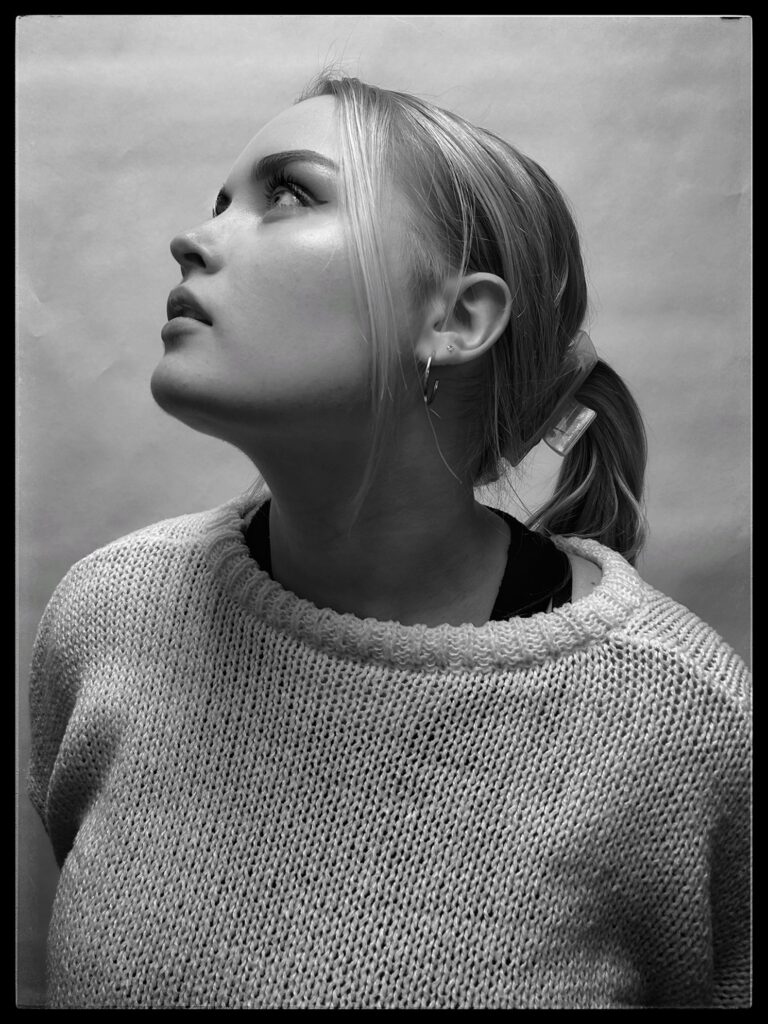
Then, when I felt I had what I needed, we moved inside. I purchased a cheap, black backdrop from Amazon and tacked it up on an empty wall of my classroom. Shooting against the black backdrop with a subject who was comfortable and relaxed allowed me to take some of the more artsy and intriguing shots. I don’t generally like to do a ton of post-production editing, but in some cases I did enhance the images afterward by making certain colors “pop,” accentuating contrast, or doing some judicious cropping.
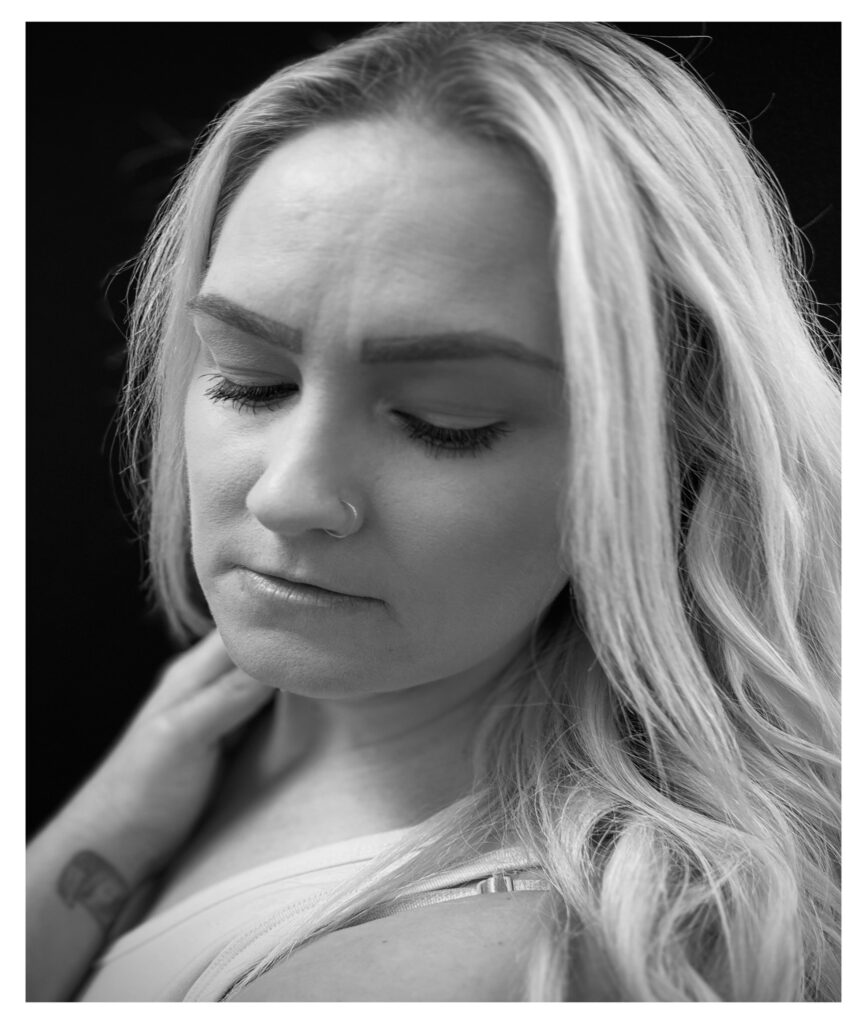
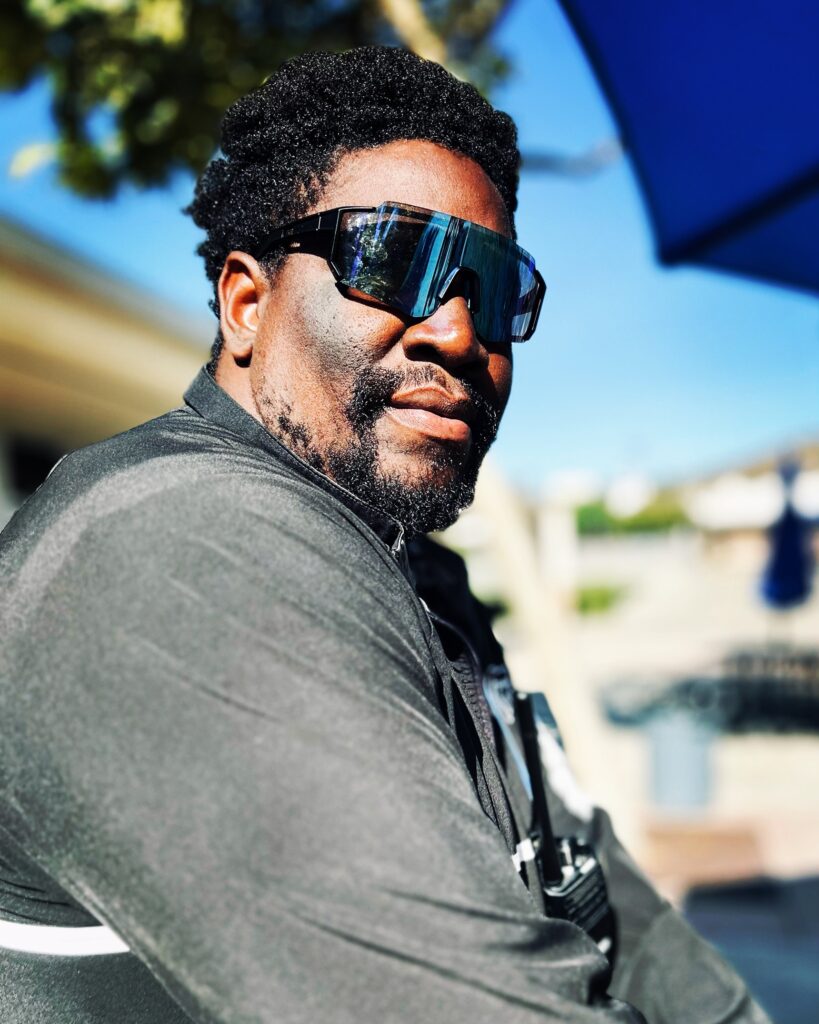
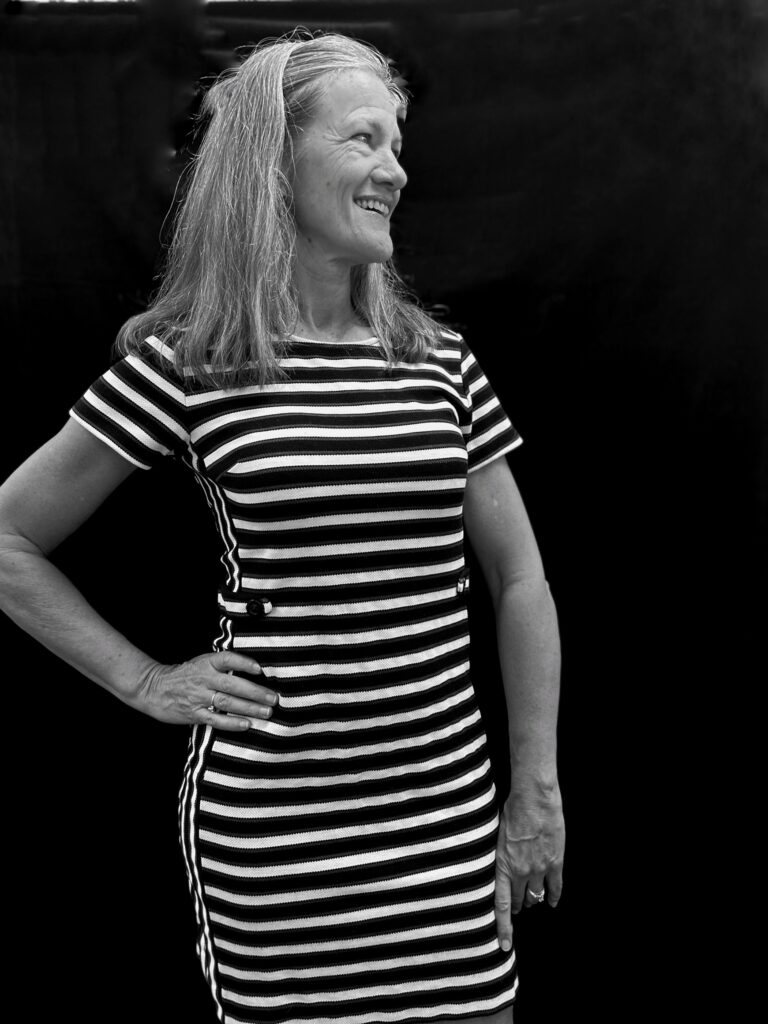
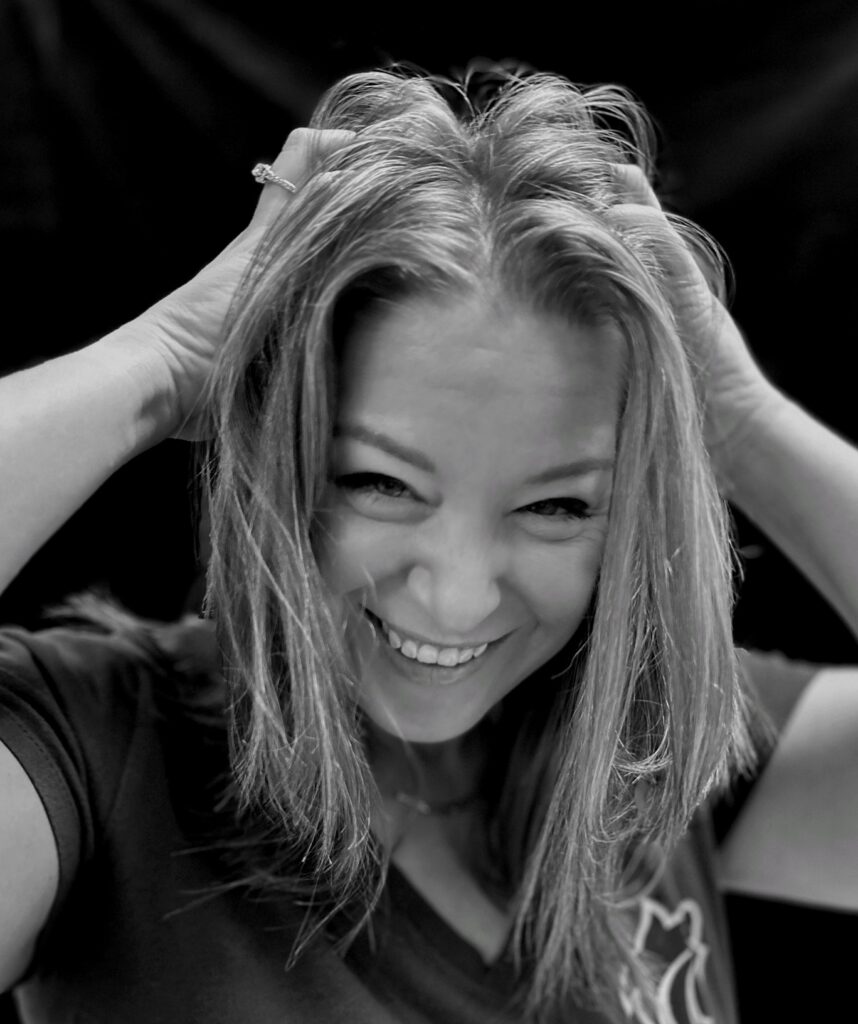
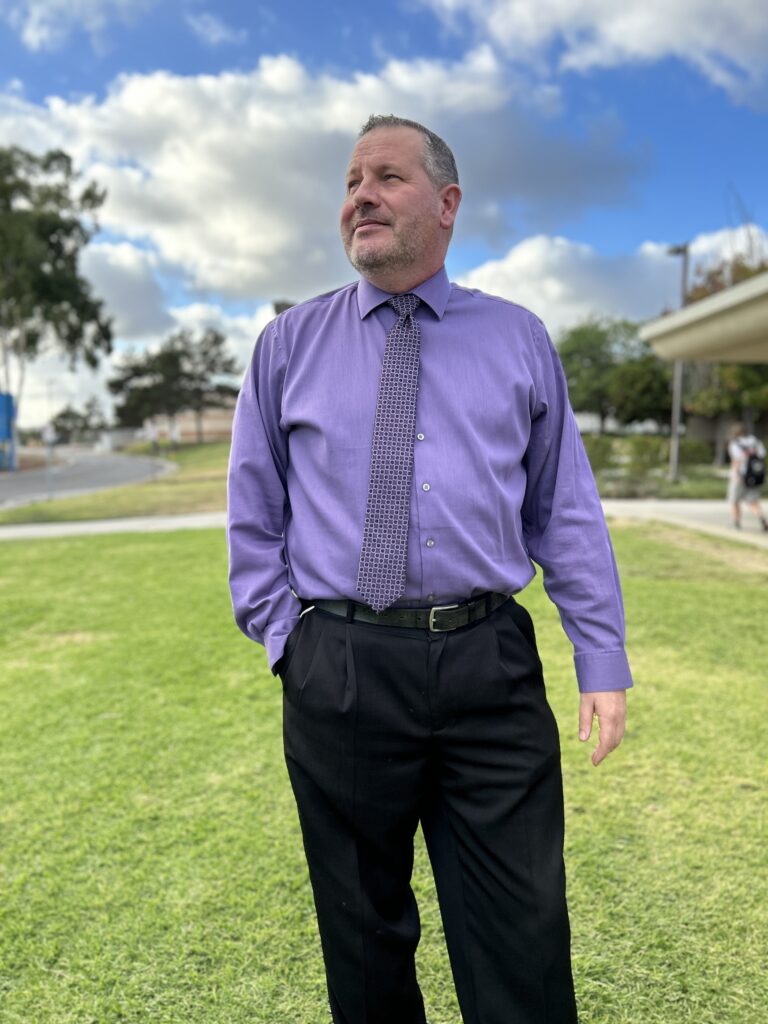
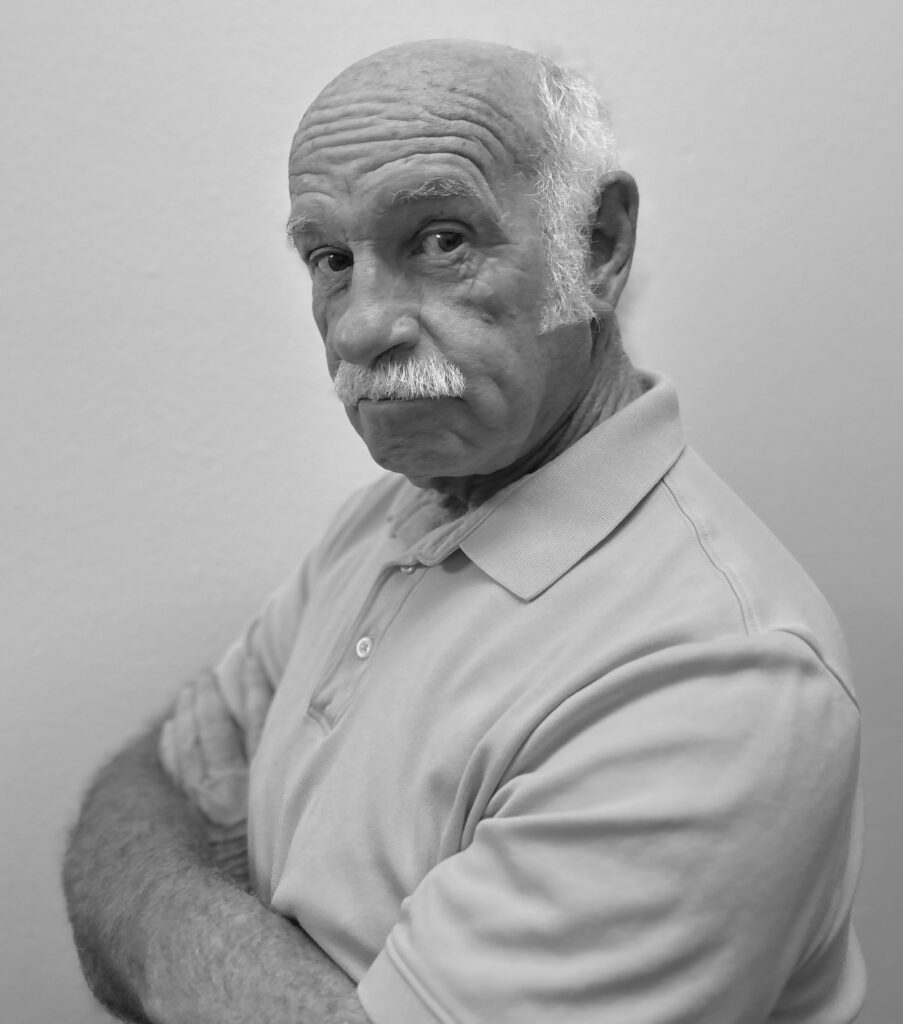
Before long, teachers started anticipating my coming by to request a portrait sitting. Often, they contributed their own concepts or ideas for poses. They would also tease each other if they walked by and happened to see me positioning a subject by a tree or against a wall. And now, every time our finance clerk sees me, she exclaims, “Here comes the photographer extraordinaire!” I did not want to interrupt anyone’s job or interfere with the daily functioning of the school, however, so I eventually had to scale my growing project back a bit. At this writing, I have taken portraits of just over 30 of our nearly 100 staff members, but there are a handful — maybe 5 or 6? — who are still on my bucket list.
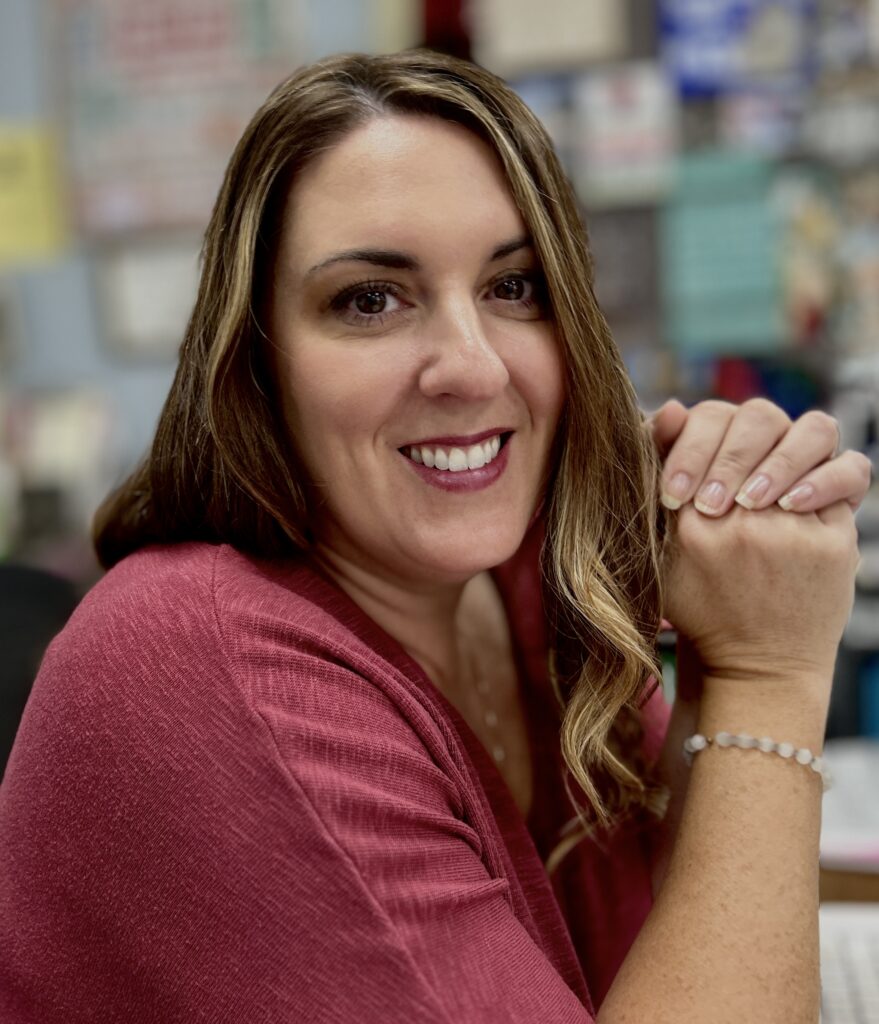
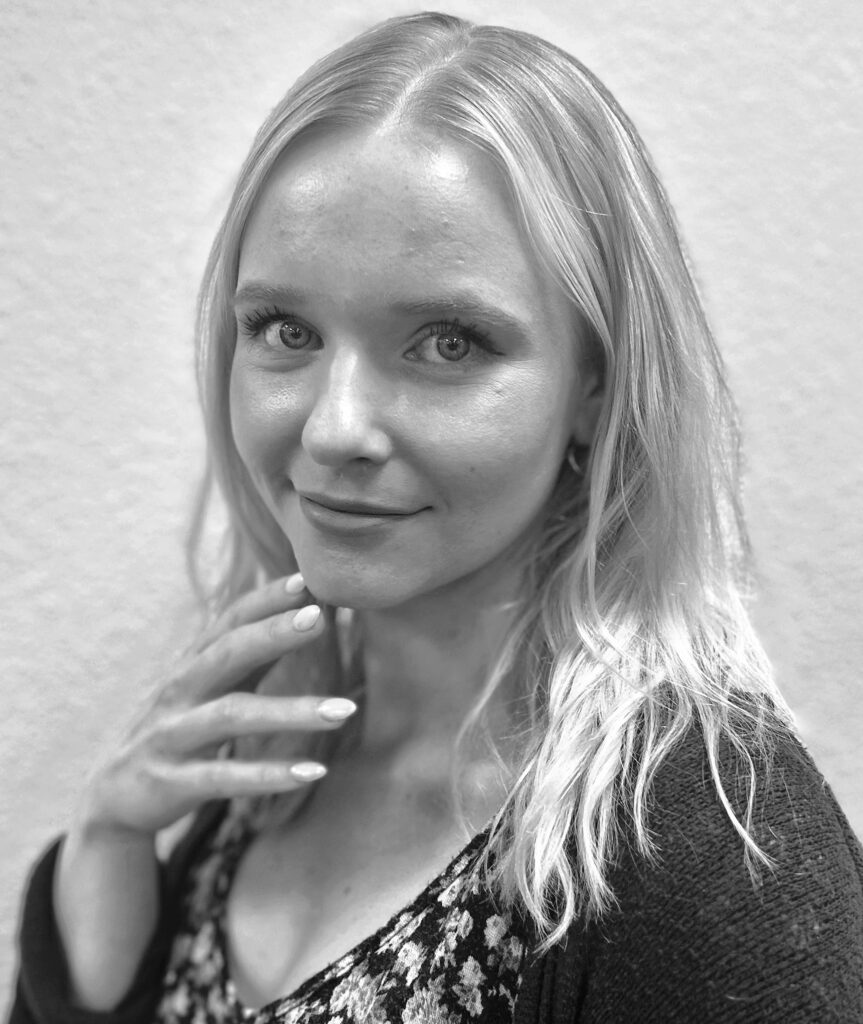
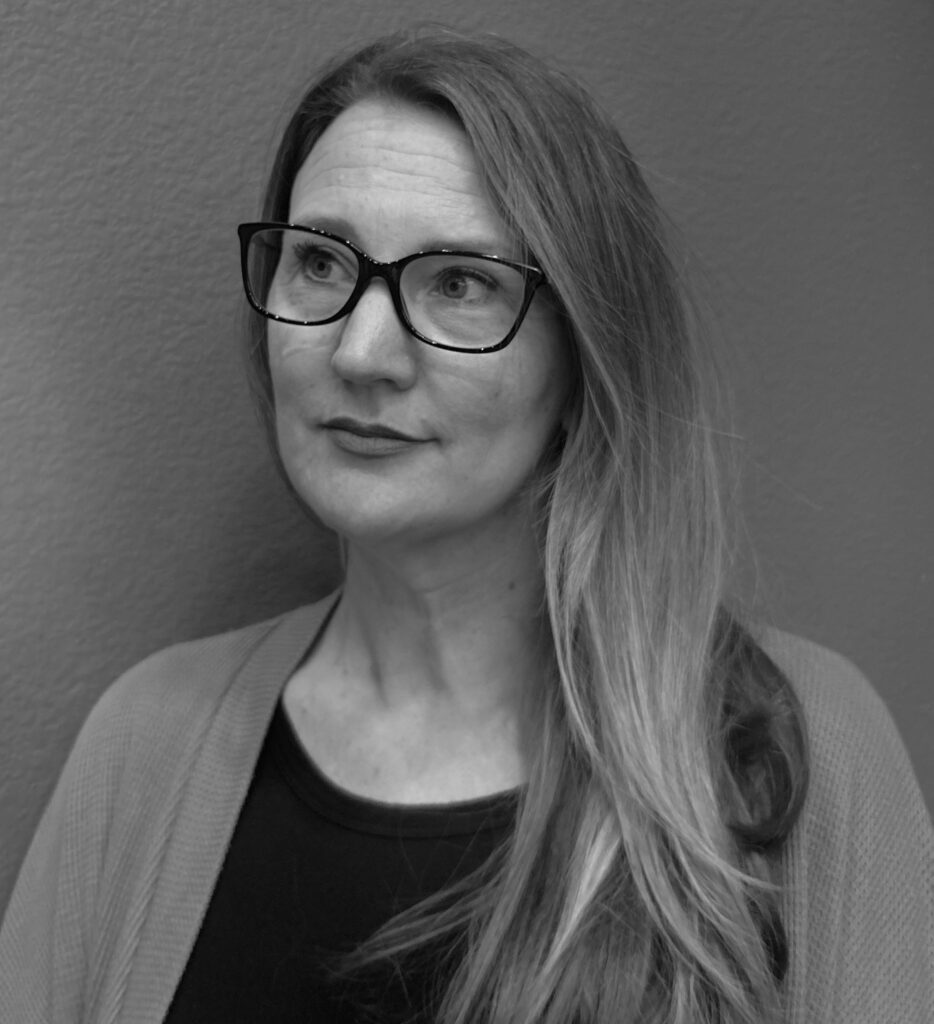
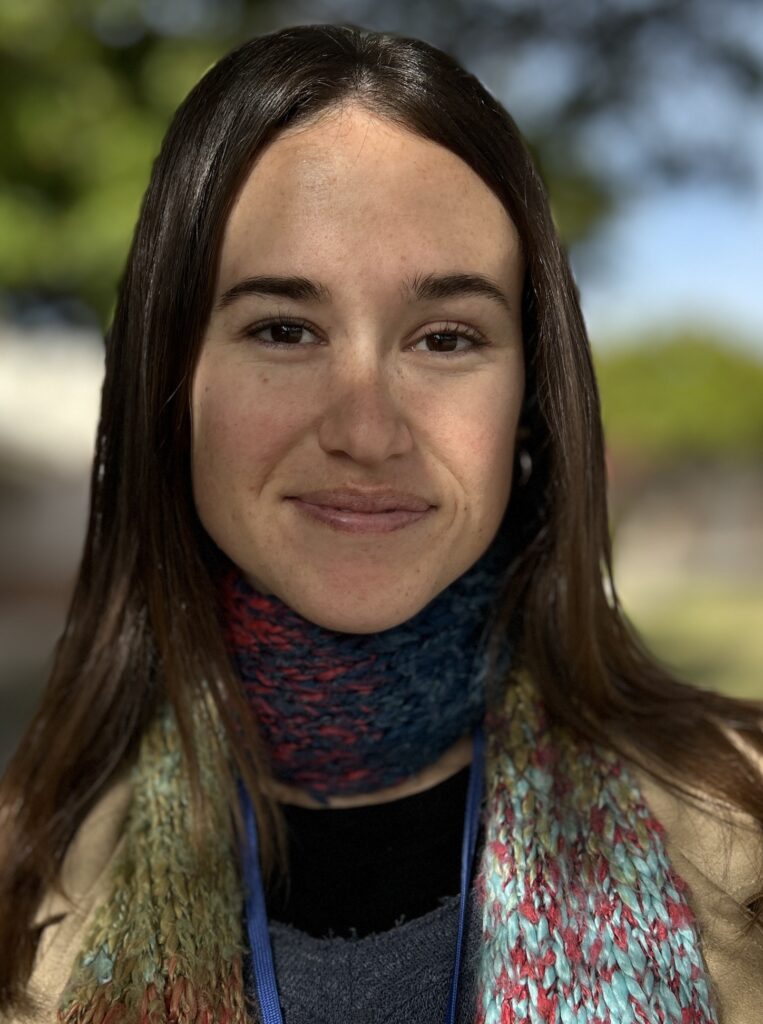
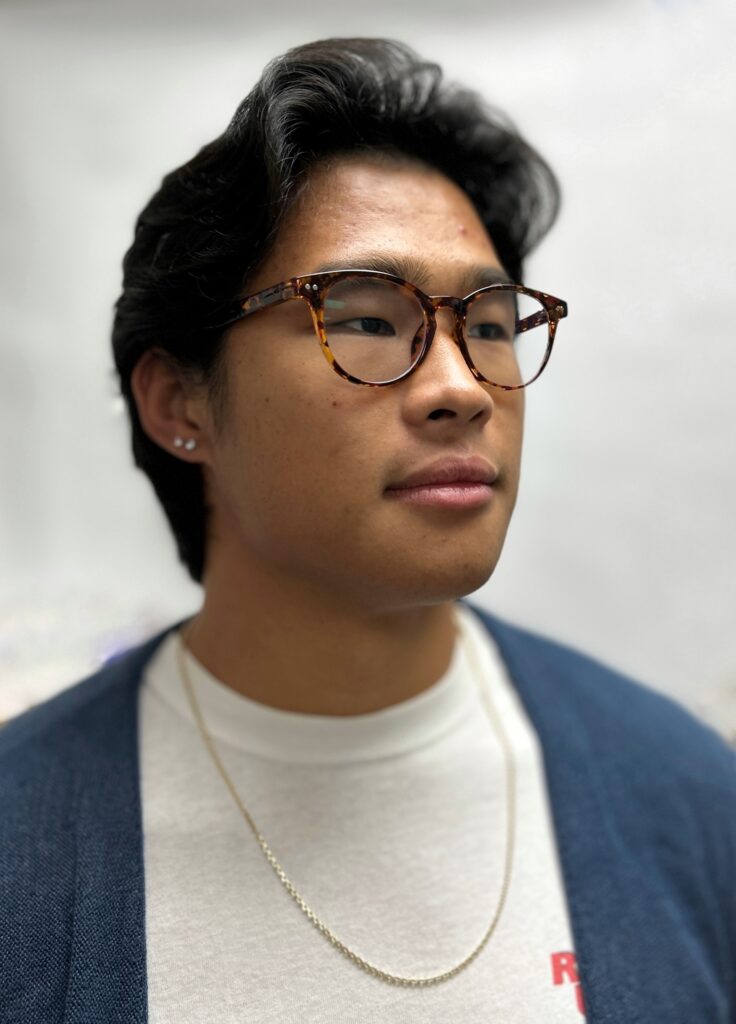
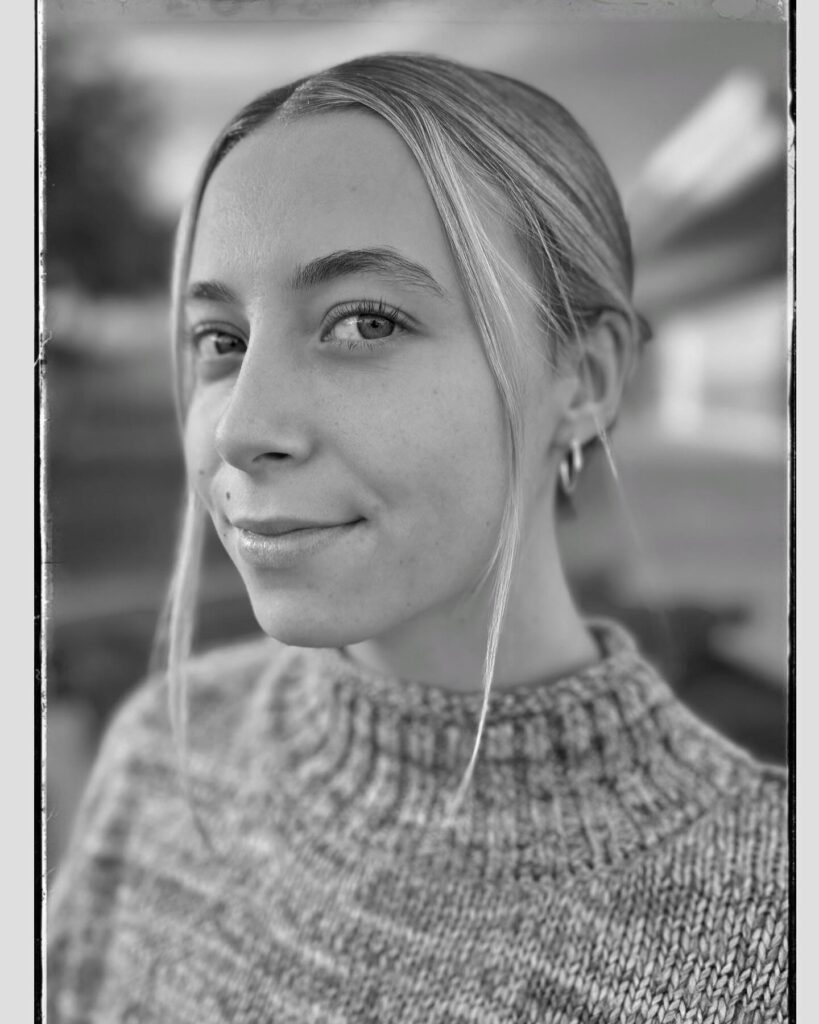
One of the ironies of the project is that virtually every person I photographed started their session by saying, “You should know that I’m not very photogenic.” As you can see from the examples, that’s rarely (if ever) true. Interestingly, then, creating a quality image typically came down to making the subject feel comfortable. As I always tell my subjects when they arrive for a shoot, “It’s your job to be comfortable; it’s my job to make you look good.”
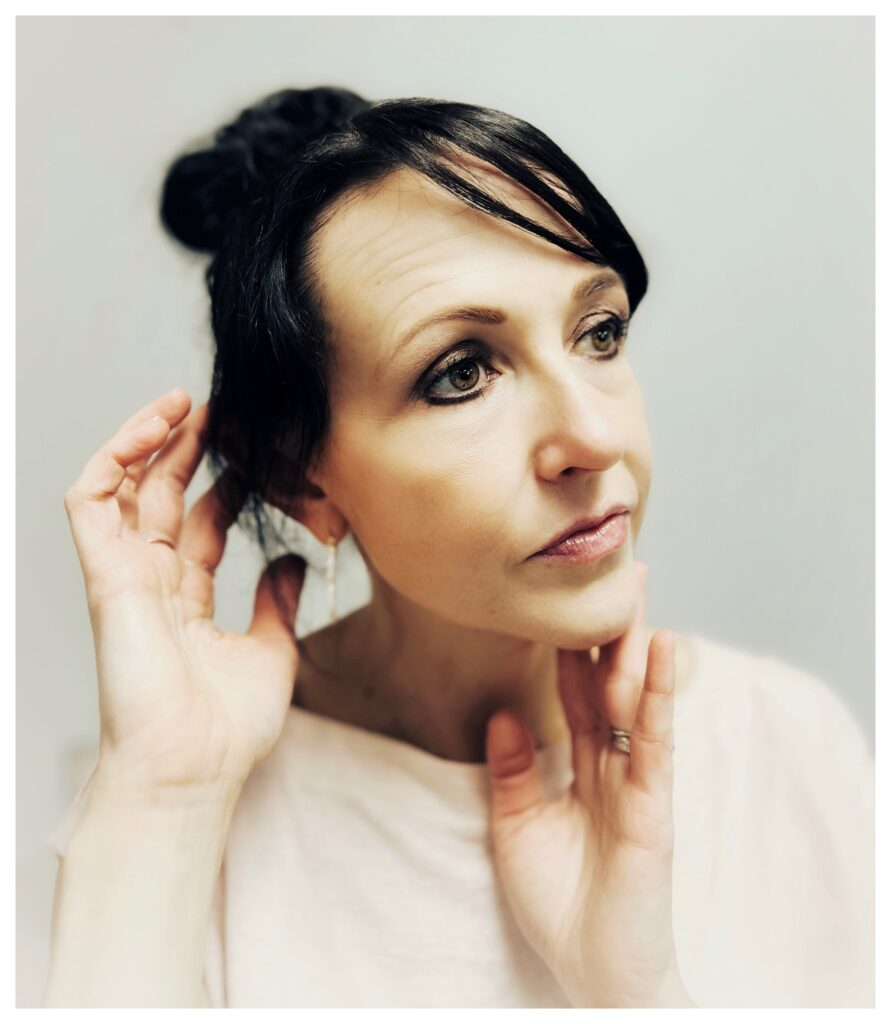
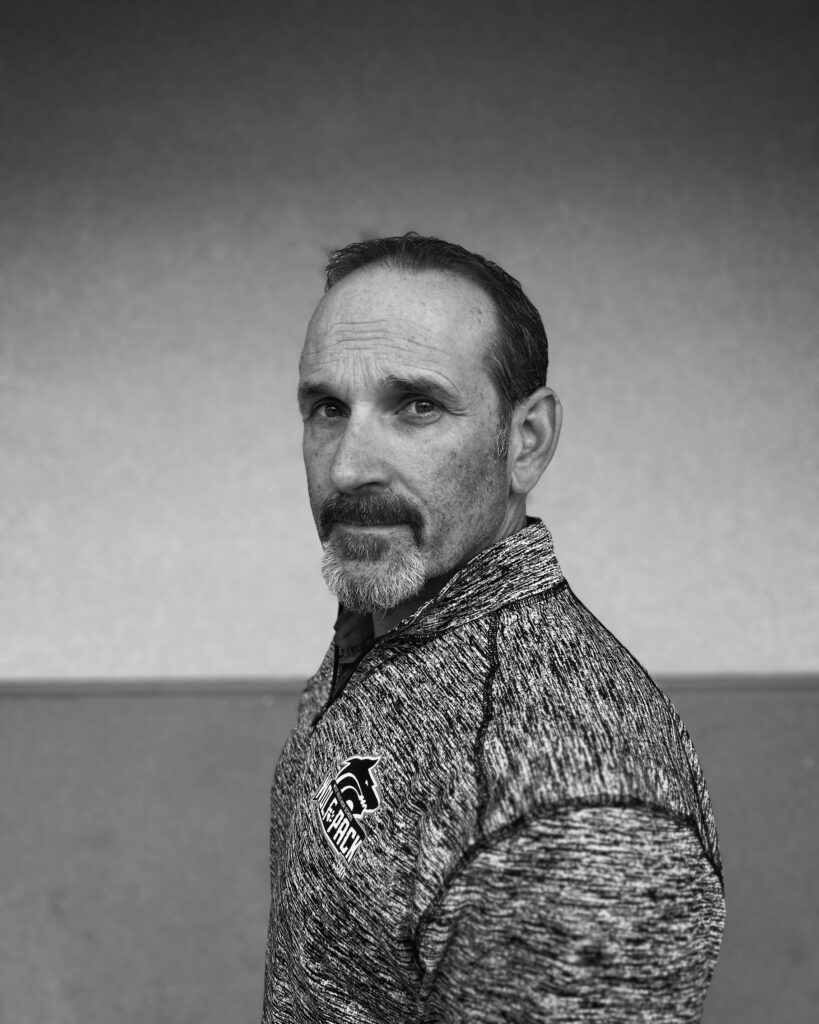
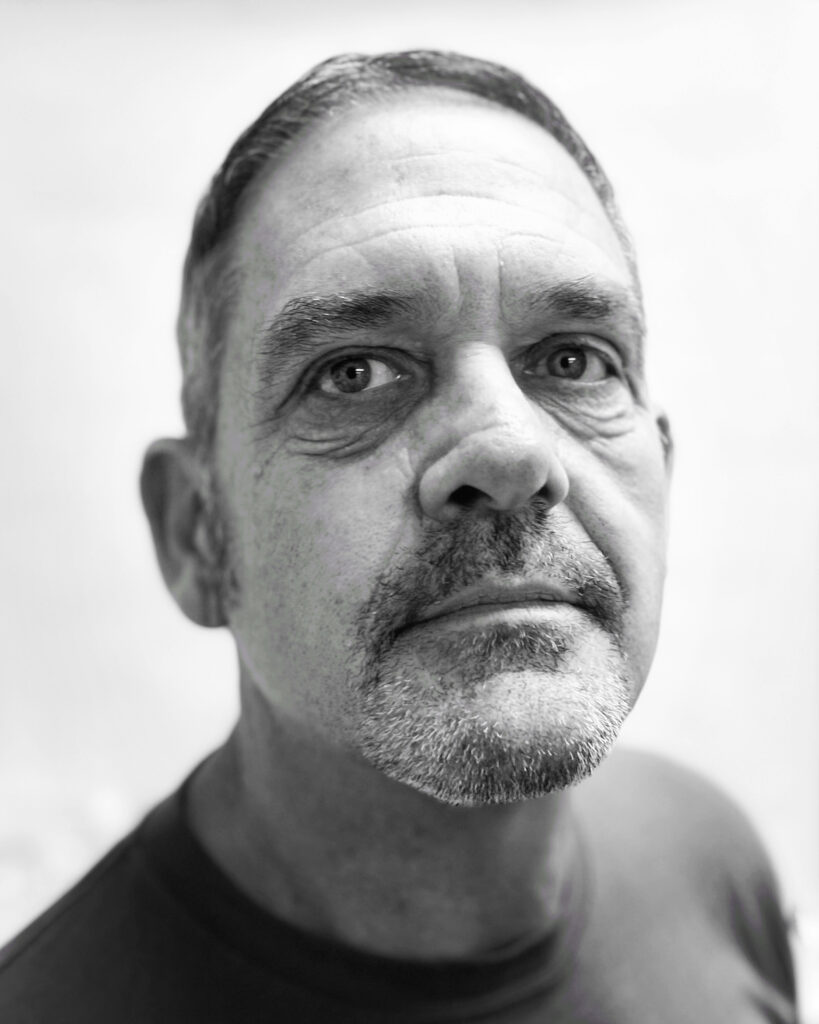
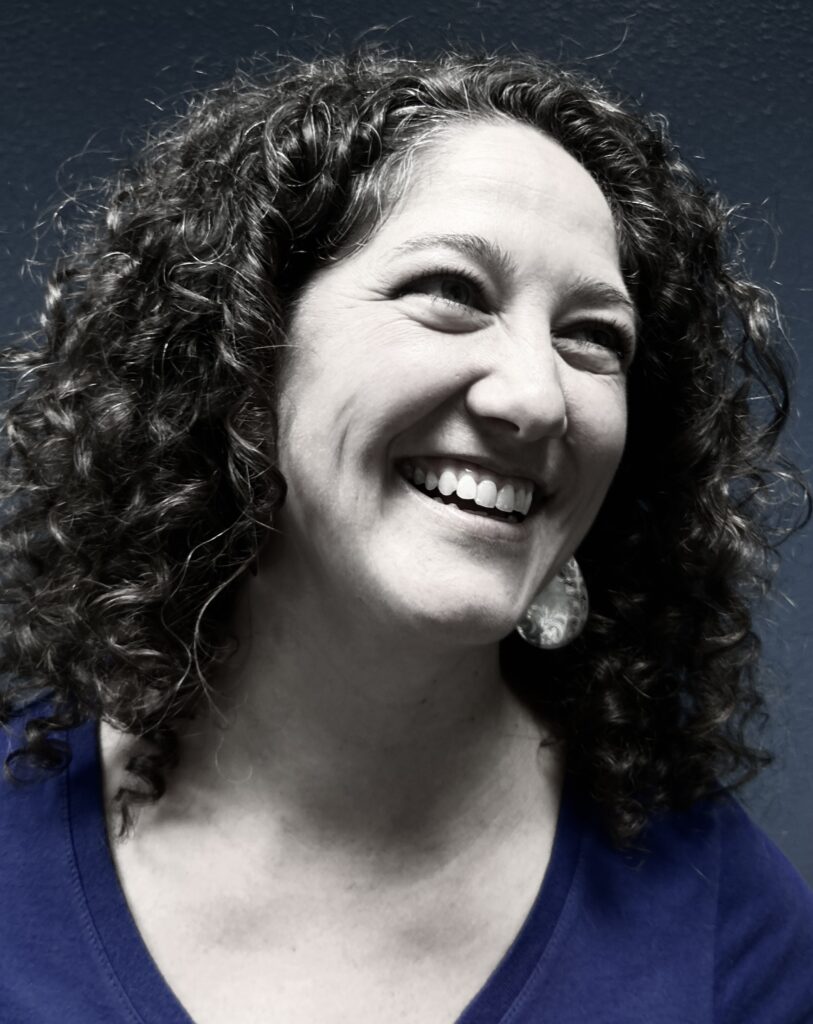
Though I did not anticipate it, I also quickly learned that there were both personal and professional benefits to what I was doing.
Among the personal benefits were:
- Mindfulness. Taking the photos of my school and my staff put me right in the moment and allowed me to be present every day at school. My eyes were open every morning when I walked on to campus, and I was always looking for the next shot. I was not only seeing the world with a fresh perspective, but I was able to notice new things about a campus that I’d been setting foot on nearly every weekday for over three decades.
- Gratitude. I already loved my campus, my staff, and my job, but my photographs allowed me to cultivate an even deeper gratitude for the opportunity I was given to impact the future through my students, and it deepened my appreciation for my ultimate purpose in being a teacher.
- Retirement. I’m close to retirement, so it made sense that I might eventually be glad I have some photos that document what it was like to have lived and worked on that campus for nearly half my life.
- Personal Growth. Through this project, I discovered that I have a love of — and perhaps a smidgeon of talent for — taking portraits of other people. As a teacher, writer, and former actor, I’ve always been fascinated with people and why they do what they do, and this project allowed me to explore it.
In addition to the personal benefits, this project came with professional benefits as well. Though I did not expect it, our librarian has told me several times that she feels this project has increased the feeling of unity among the staff and brought us closer together. That’s a humbling thought to this fledgling photographer. I do realize it has given members of our staff an opportunity to see each other in a new light, and I am touched to think that anyone might think my photographs have brought us closer. And considering that our librarian was not the only staff member to tell me that, it just might be true.
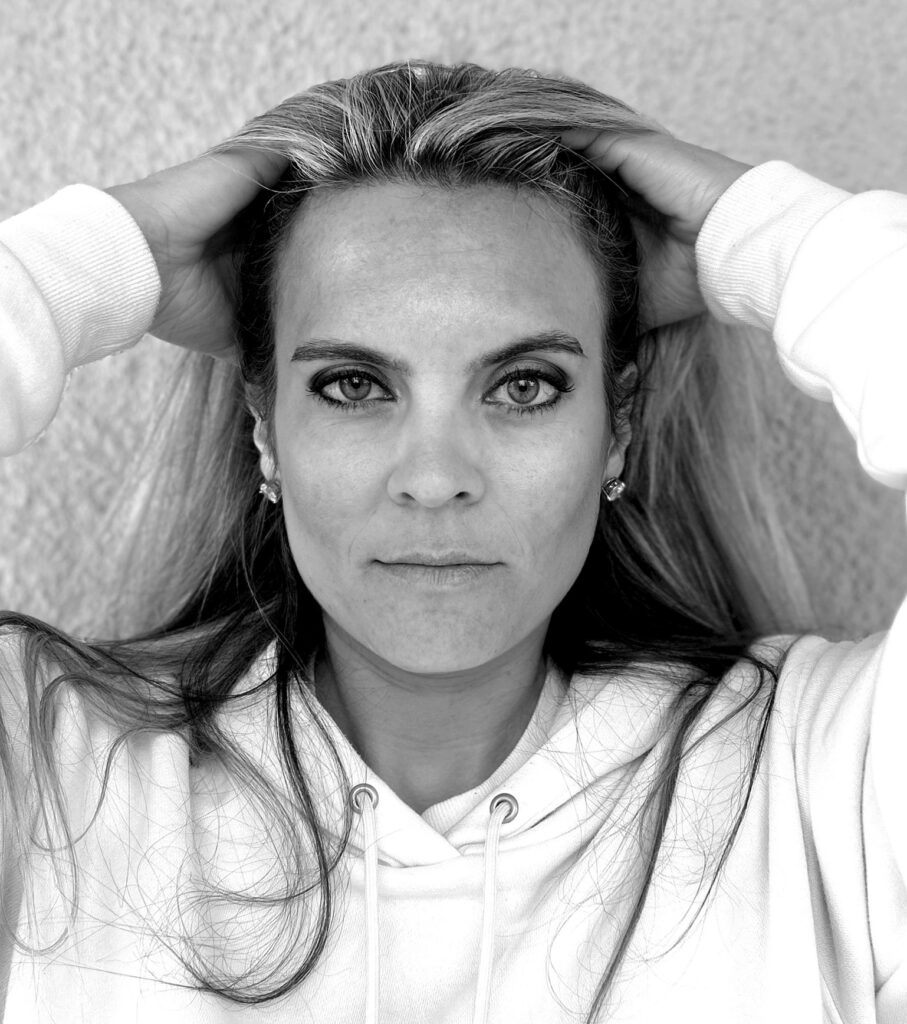
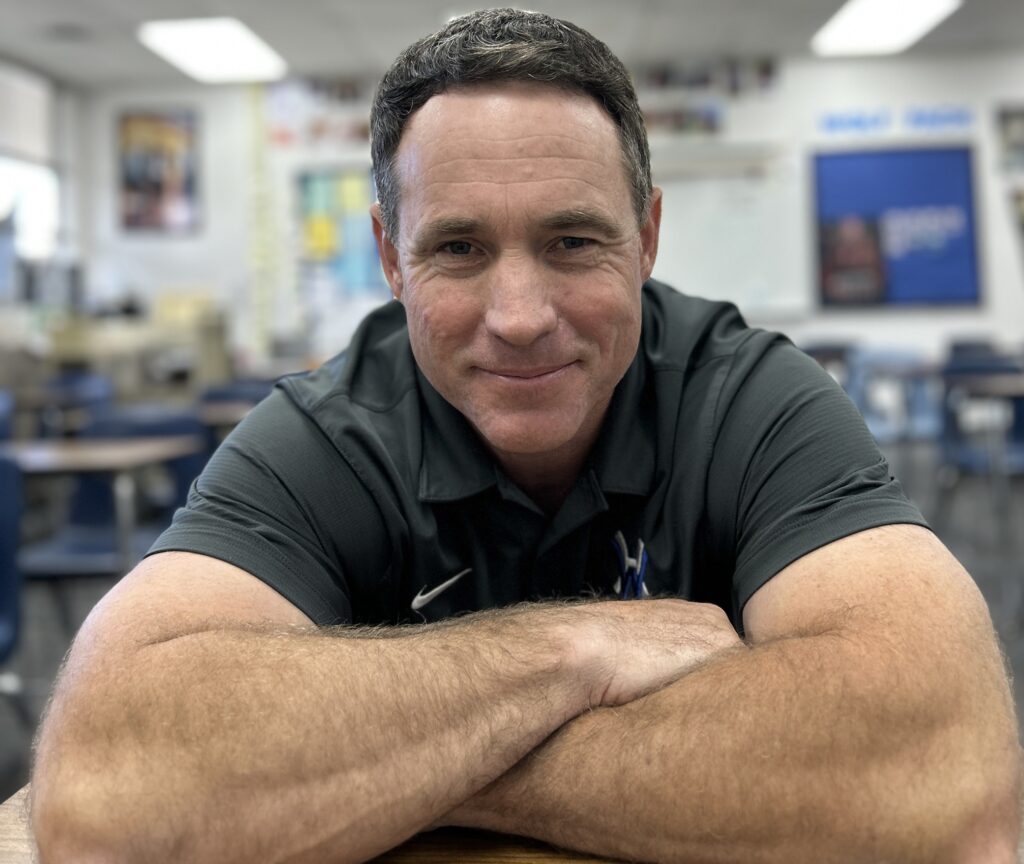
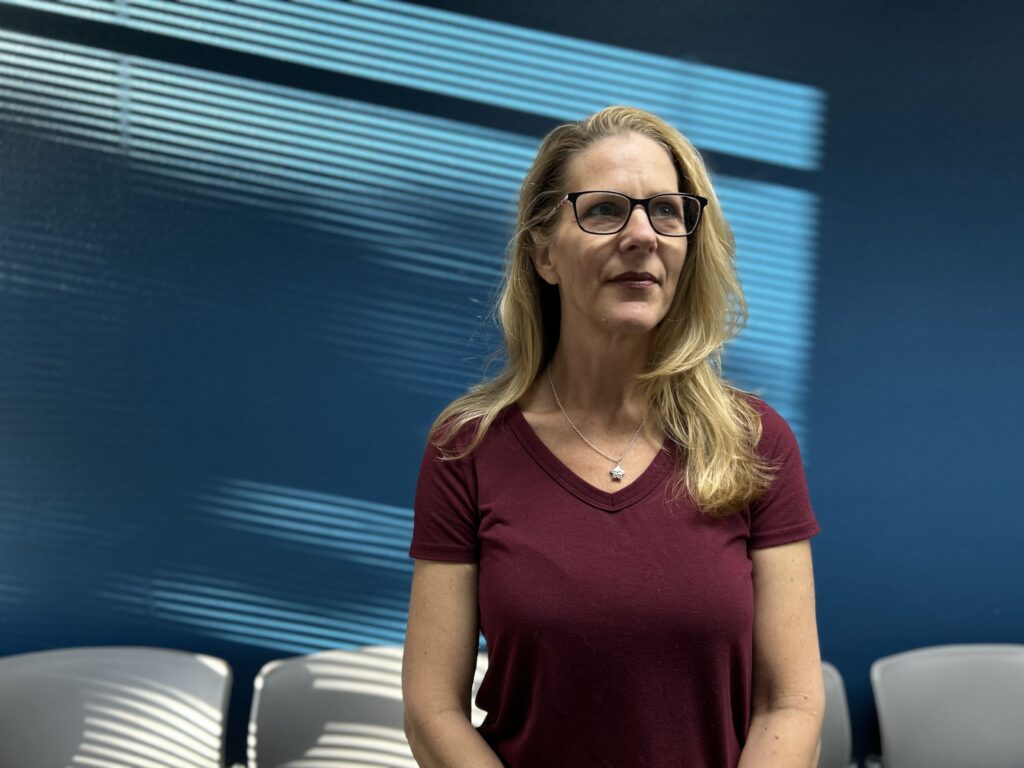
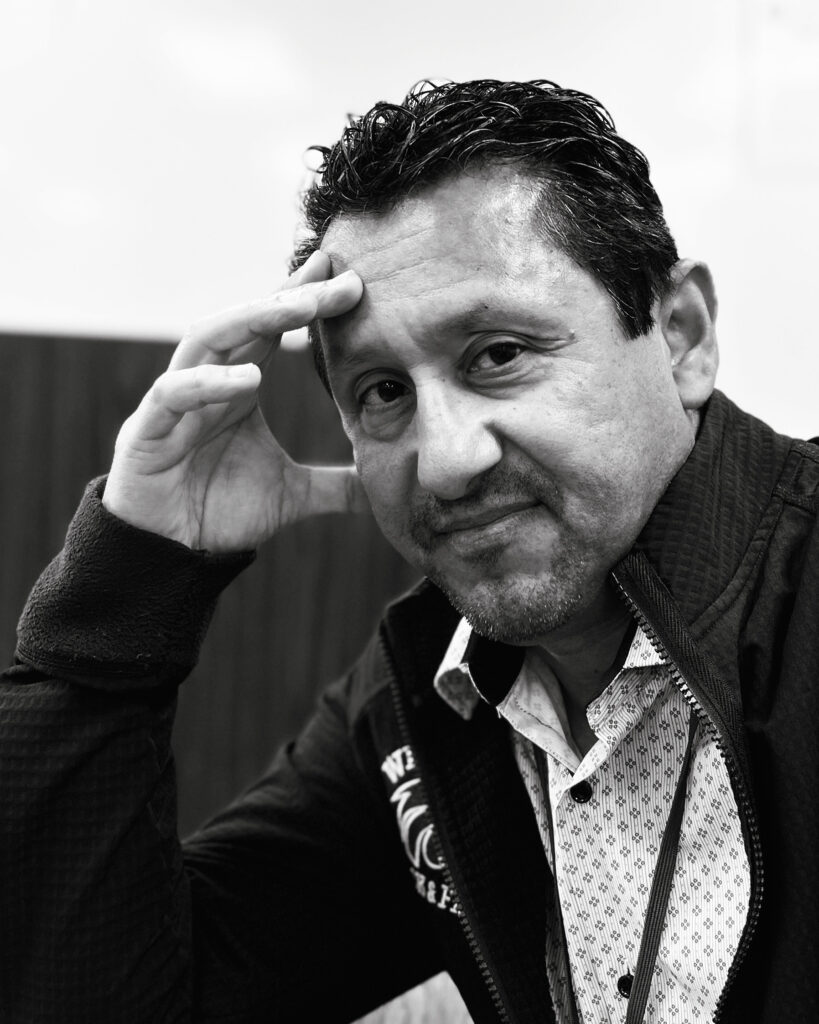
One staff member, who is new to our school, said she didn’t know a lot of people on campus, but by following my Instagram account, she was learning who people were and what their roles were on campus. Her portraits ended up being some of my personal favorites in the series.
Since starting this project, several people have also reached out and asked me to take their photos–including our entire special education department and our Instructional Leadership Team. Our yearbook advisor asked me to give a presentation to the yearbook staff on how to take quality portraits with their phones. Finally, our art teacher asked if I would like to do a gallery show of all my portraits in the foyer of our school theater right after the annual student art show in the spring. As he put it, “The display boards are already up, and I think people would like to see them.” While that is an incredibly humbling offer and my typically introverted nature might resist, I will most likely accept because I think it will elevate the people in the photos and celebrate them not only as skilled educators, but as the works of art they are as individual human beings. And I would like them to have that.
One of my favorite outcomes of this project, however, was how I was able to show a side of teachers that we almost never get to see, the side that is authentic, vulnerable, and human. This is a rare experience for the average teacher, who often feels as if they have to put on some kind of artificial front or pretend that they do not have the same thoughts, feelings, desires, and hopes as anyone else.
But they do.
Teachers have more nuances and are more complex than the professional, straightforward personas we tend to project in the classroom, and it was exciting to showcase that. I was able to capture photographs of our staff being thoughtful, playful, serious, joyous, pensive, proud, confident, and exhibiting a host of other expressions and emotions that display them as the actual human beings that they are.
Not bad for a guy just having some fun with his iPhone.
Now, it’s your turn.
Challenge: Start by picking up your phone and taking some artsy photographs of your campus. Look for interesting shapes, colors, or patterns. Look for the way the light falls on or through things: buildings, windows, fences, or trees. Look for moments, places, or experiences that are important or meaningful to your teaching life at your school. Then eventually, if you are so inclined, ask a colleague if you can take their portrait. And if you’re feeling like, “challenge accepted,” I would love to see the results. Email me at teachingzen@gmail.com to share photos or links to your social media where the photos appear. Let’s make showcasing teacher portraits a trend!
Seven Steps to Effective Cell Phone Portraits
- Use “portrait” mode on your phone. Have the subject stand a few feet IN FRONT of the backdrop you’ve chosen. You need some distance between the subject and background to achieve that lovely blurred background you see in all good portraits (the fancy name is “bokeh”.)
- When describing a pose to your subject, tell a story. Don’t just say “Smile.” Say, “Give me a smile like you have a secret.” Or: “Put your hand on your chin like you’re thinking about what to have for dinner.”
- Simplicity is key. All you need is a subject, a location, and some light. Don’t overcomplicate it. An effective “simple” portrait is better than a poorly done “sophisticated” portrait.
- Have a concept. I asked one teacher, who I thought of as particularly thoughtful, to recreate the iconic Steve Jobs photo where his hand is on his chin and his thumb is slightly raised.
- Use inspiration from photographers online and social media. I get tons of ideas from photographers on Instagram.
- Work WITH your impression of your subject. But also work AGAINST your impression of your subject. For example, when I photographed our football coach, I wanted to accentuate the classic look of a football coach’s strength and athletic prowess, but I also thought it would be fun to try to capture a more sensitive, playful, or vulnerable side of him. The photo of him smiling and leaning his head on his (clearly muscular) arms is just a fun, playful photo that works against type.
- Have fun. If YOU’RE having fun, then your subjects will have fun.
To check out Dan’s books, click the links under the images below:
Join our mailing list and get weekly tips, tools, and inspiration that will make your teaching more effective and fun. You’ll get access to our members-only library of free downloads, including 20 Ways to Cut Your Grading Time in Half, the e-booklet that has helped thousands of teachers save time on grading. Over 50,000 teachers have already joined—come on in.

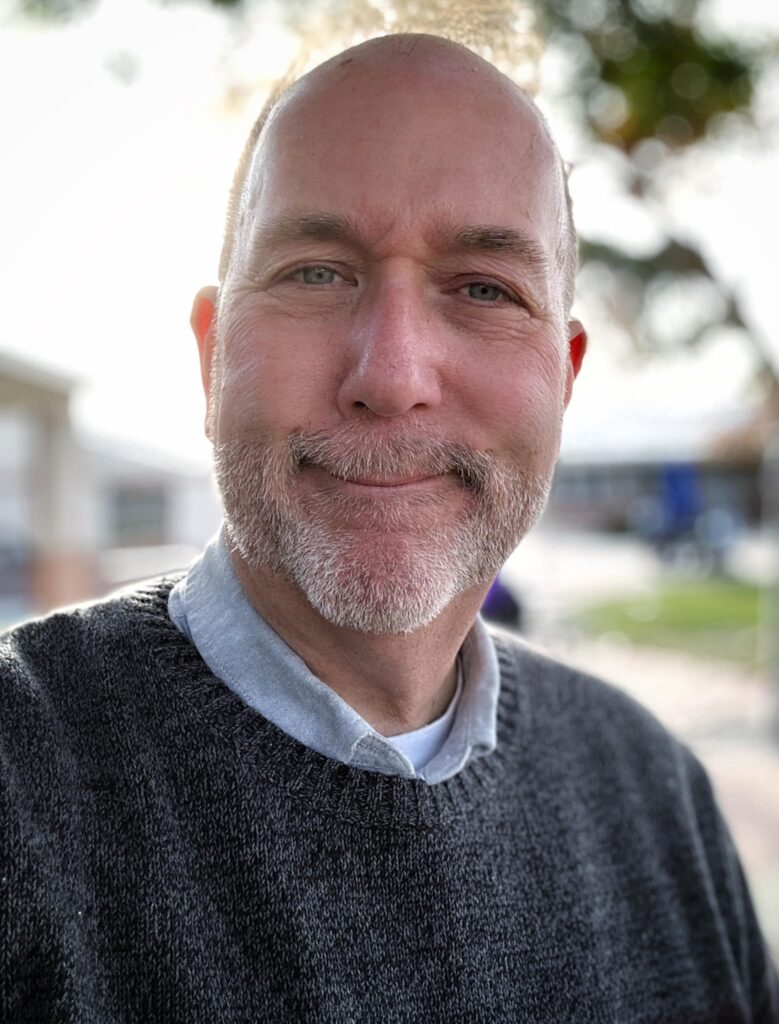
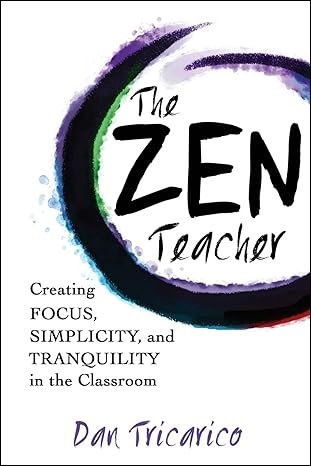
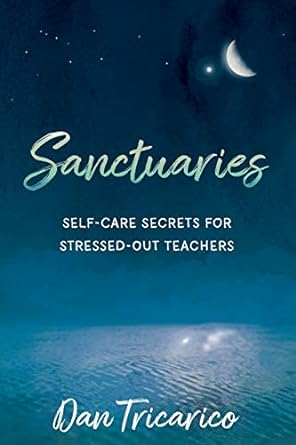




Check out a similar photography project that was eventually published in book format. The photographer asked subjects to tell two personal stories of how they felt they were perceived, and wove the series together around the theme of Perception.
Adams, K. C. Perception: A Photo Series. Illus. by the author. HighWater Press. (Canada)
I teach photography at a middle school. I’ve been trying to think of a PBL project, and your story has just inspiried me. I like the idea of students taking portraits of teachers and other staff members as part of a larger project to learn about photo essays and/or portrait photography.
This sounds like an awesome student project. Jenn will be glad to know that the post inspired you!